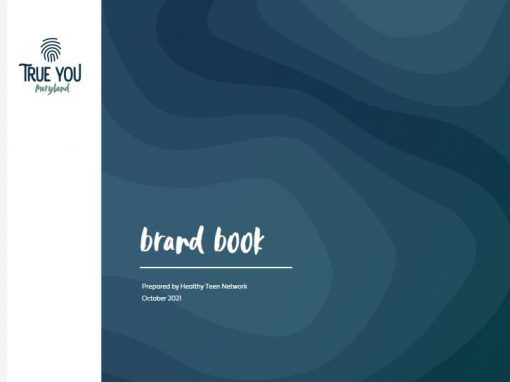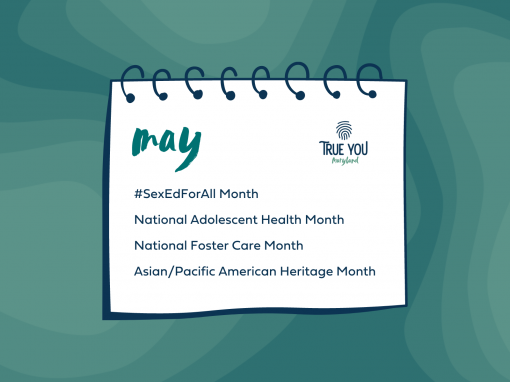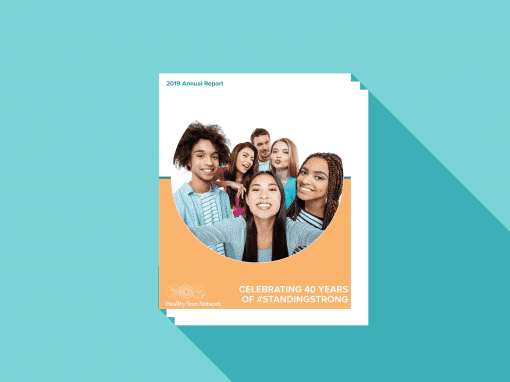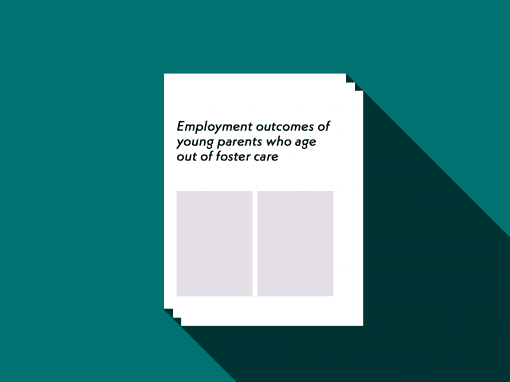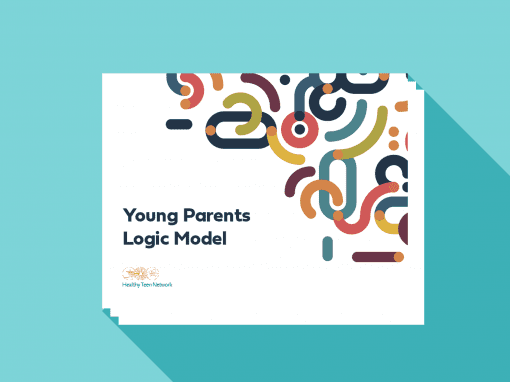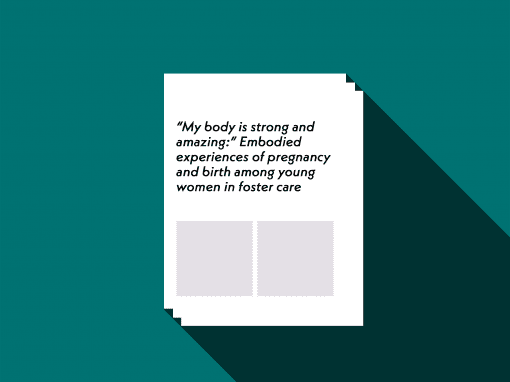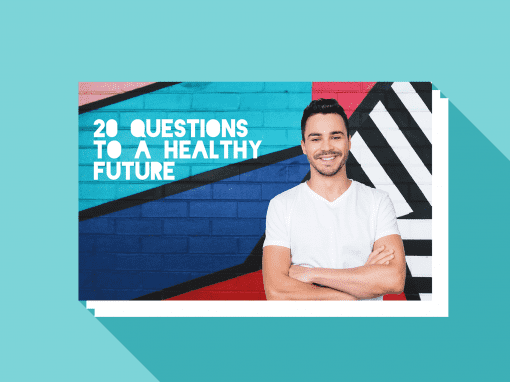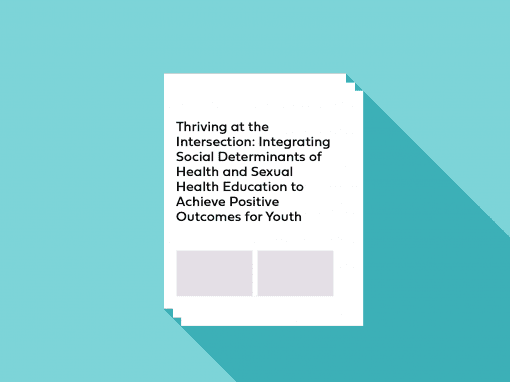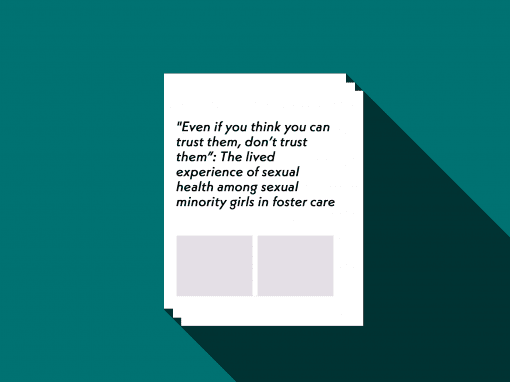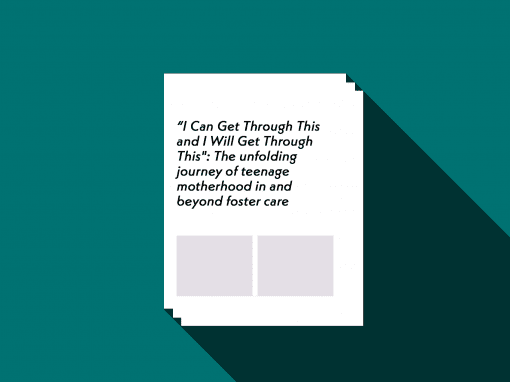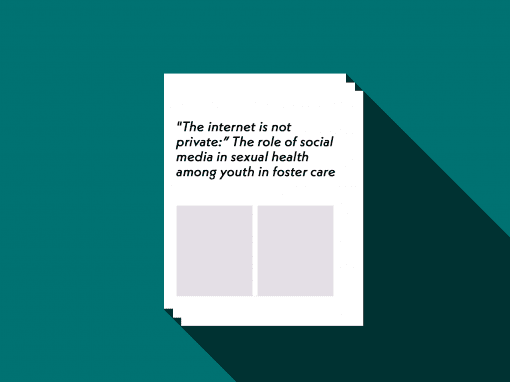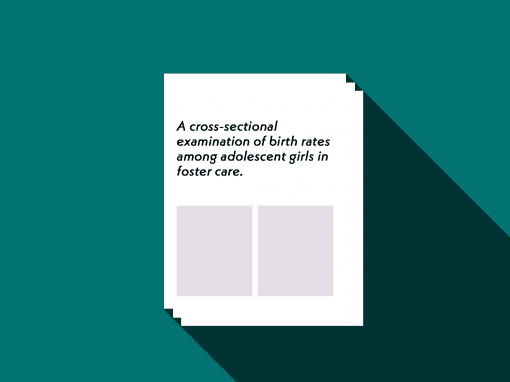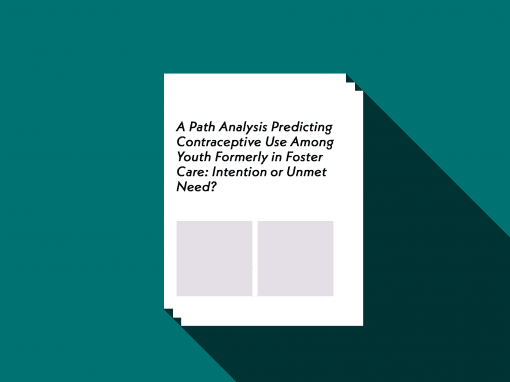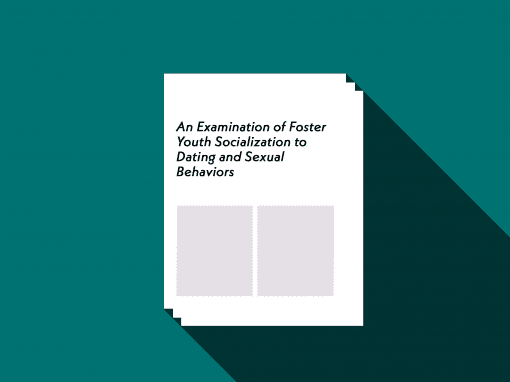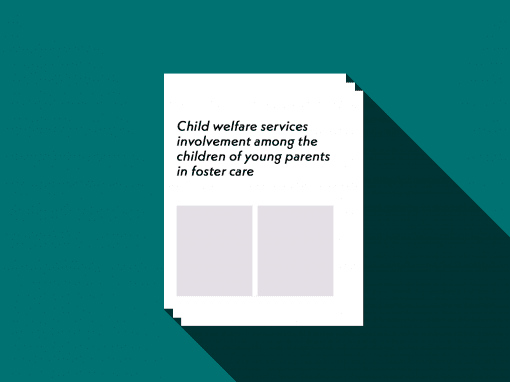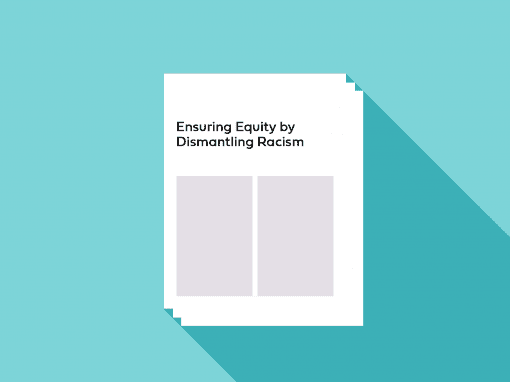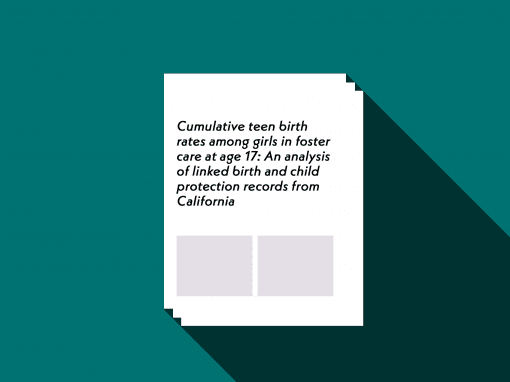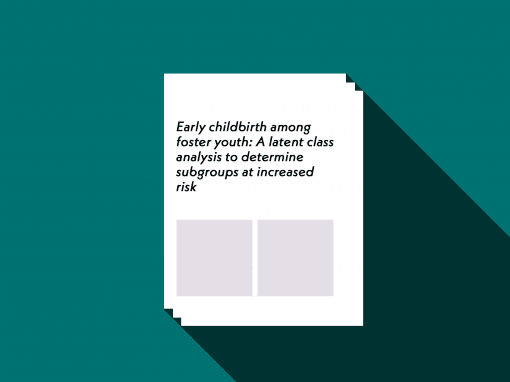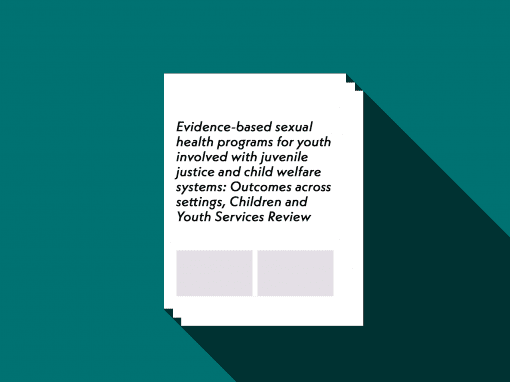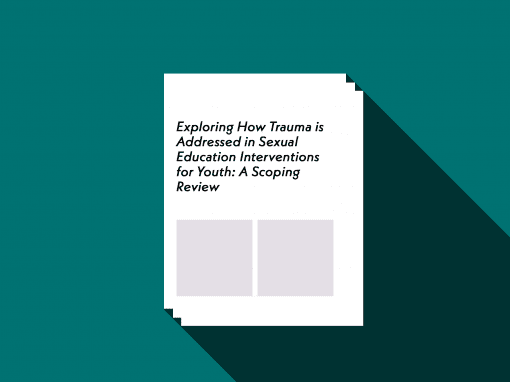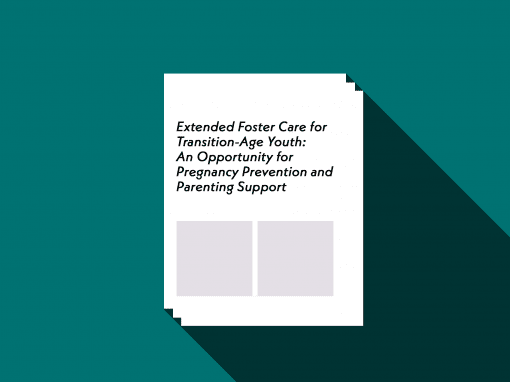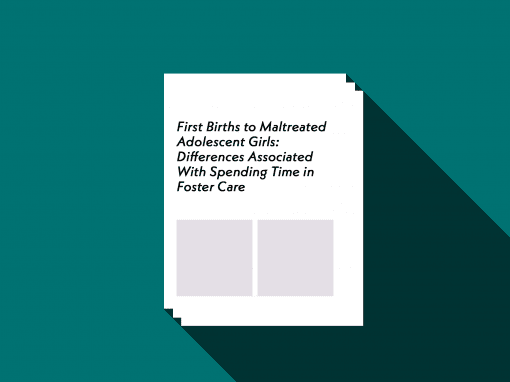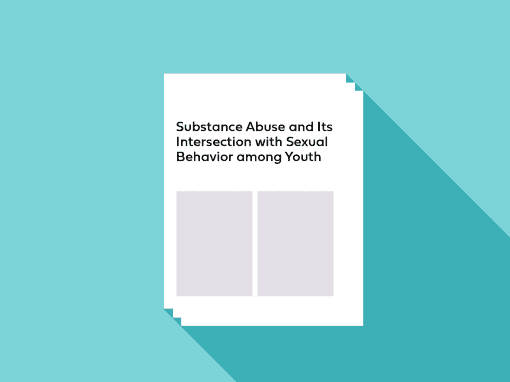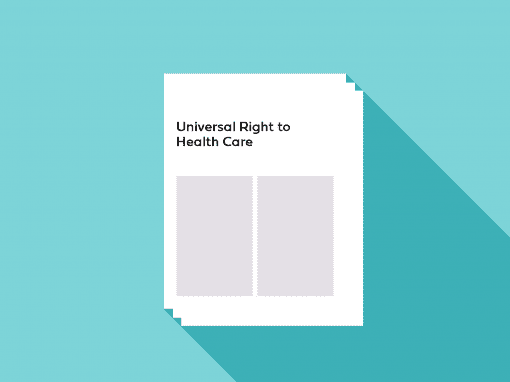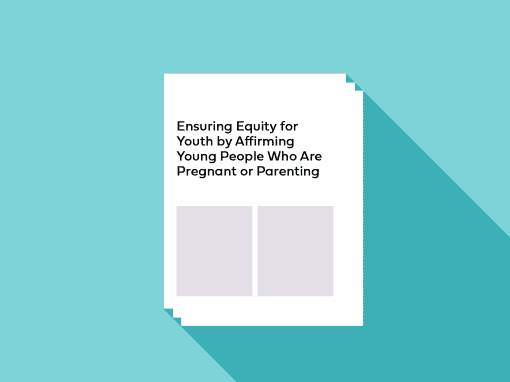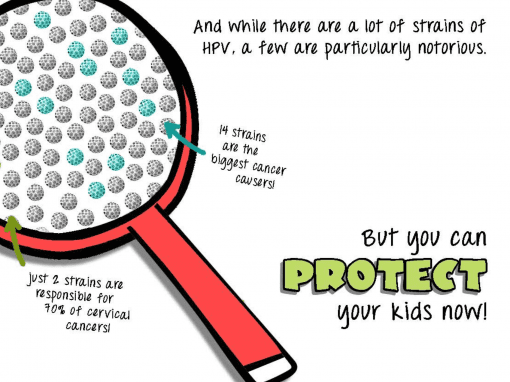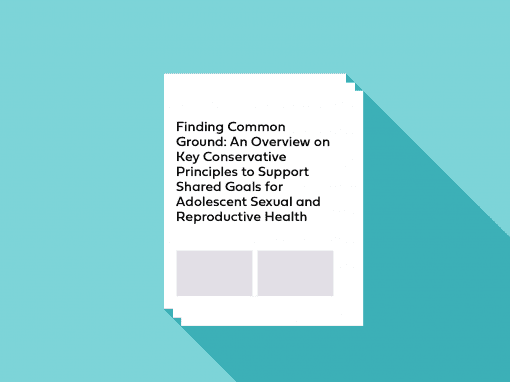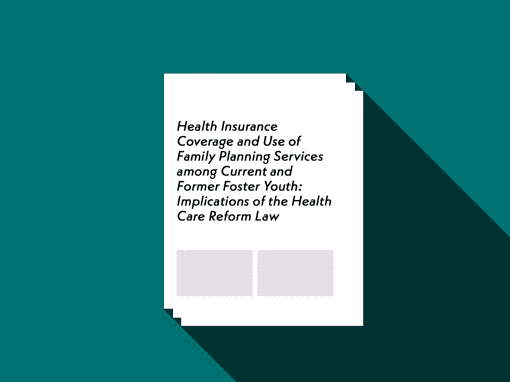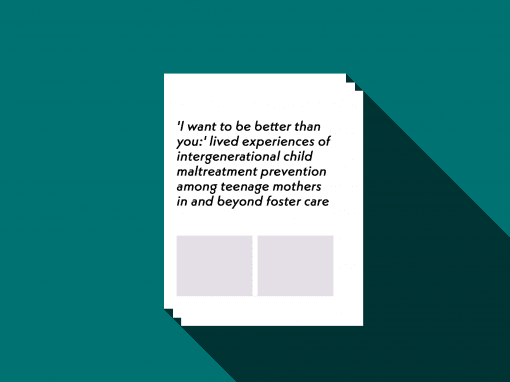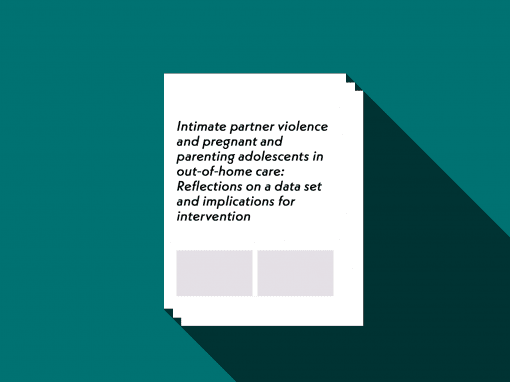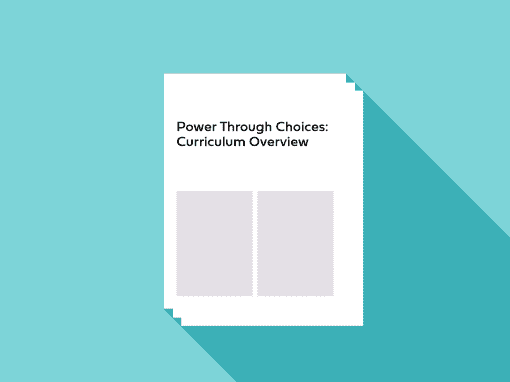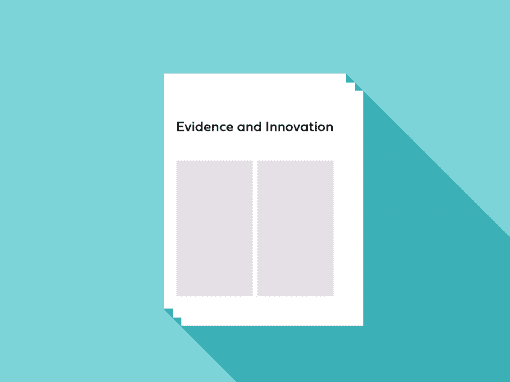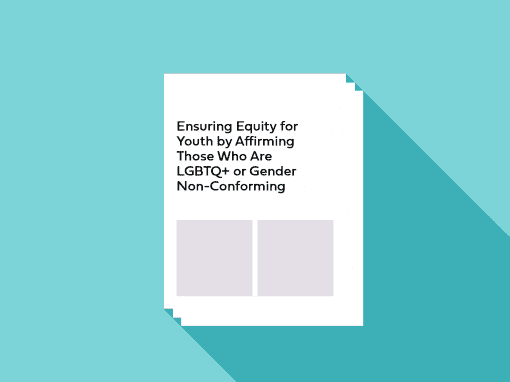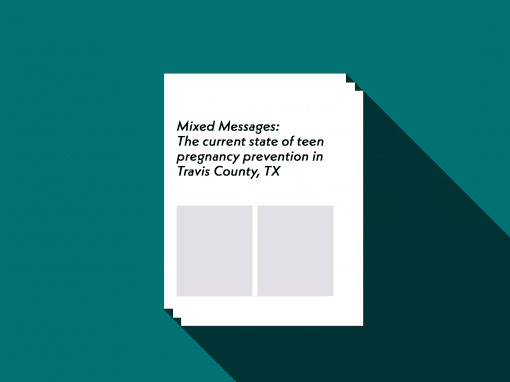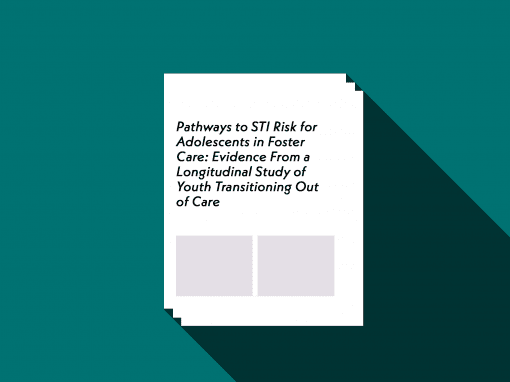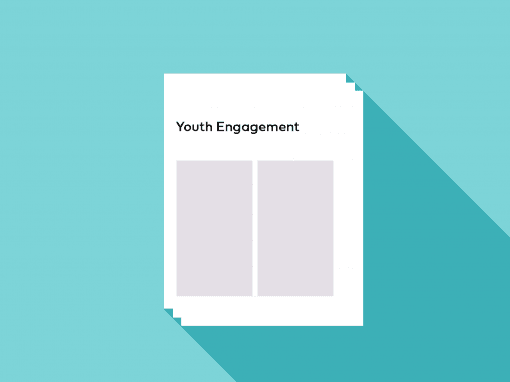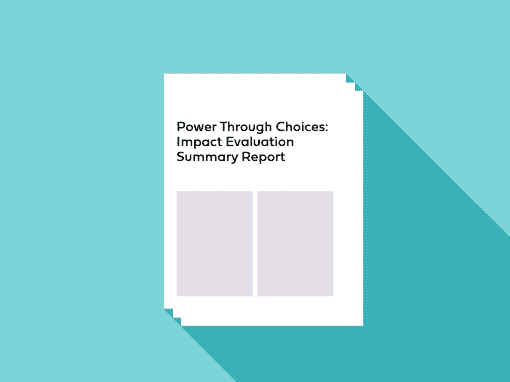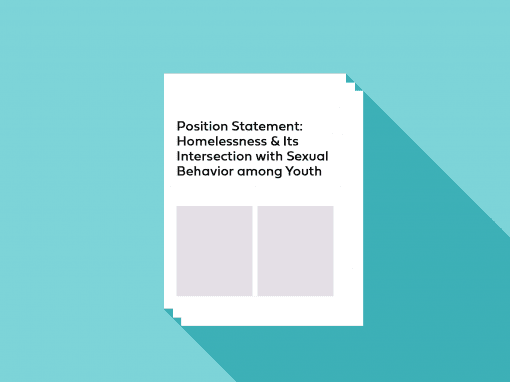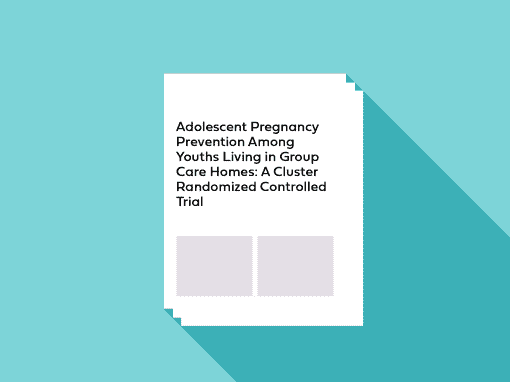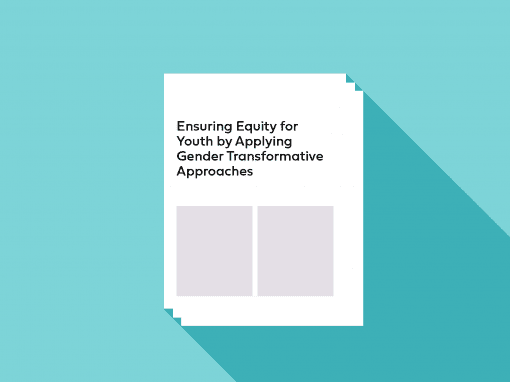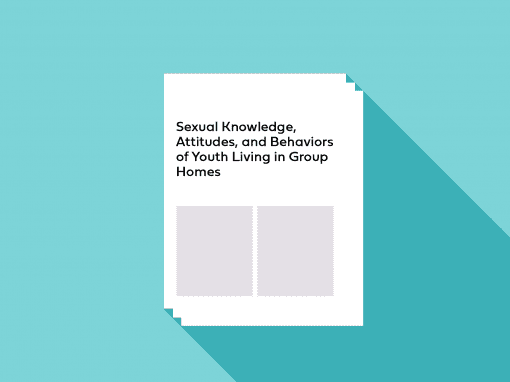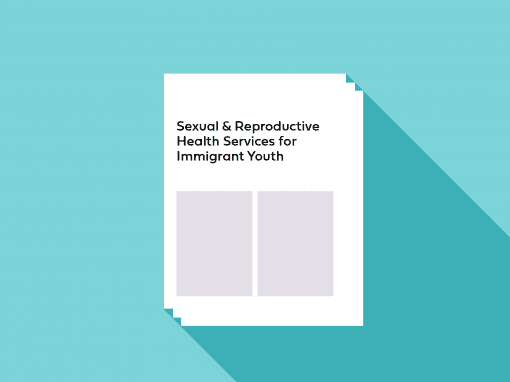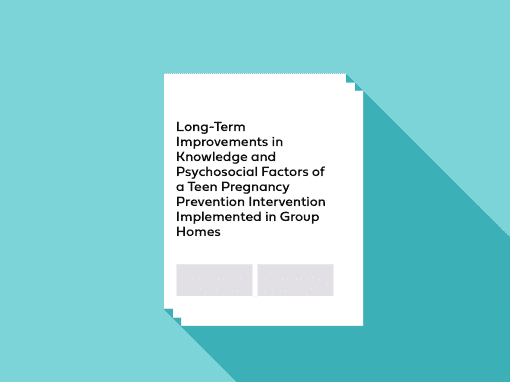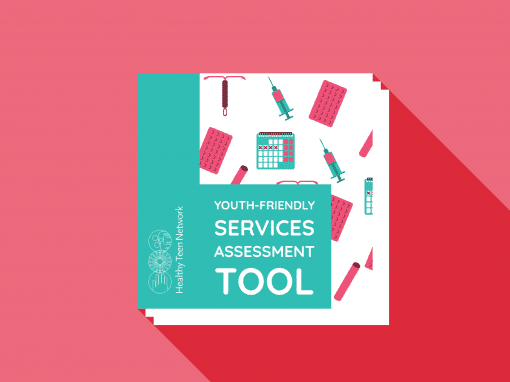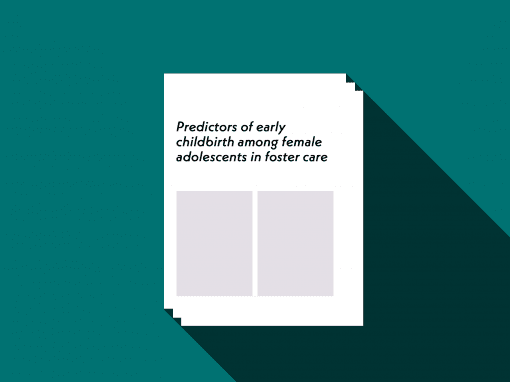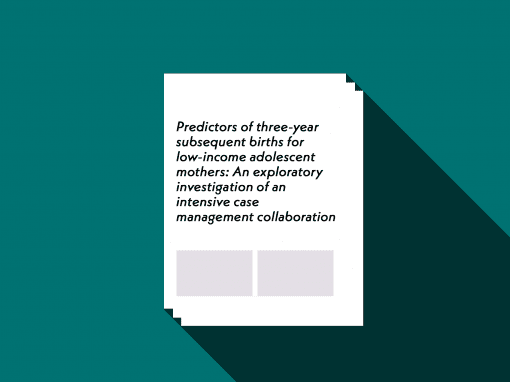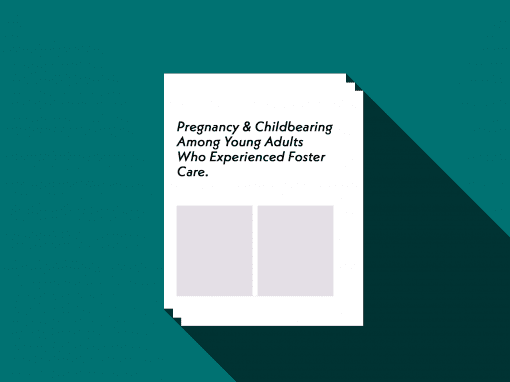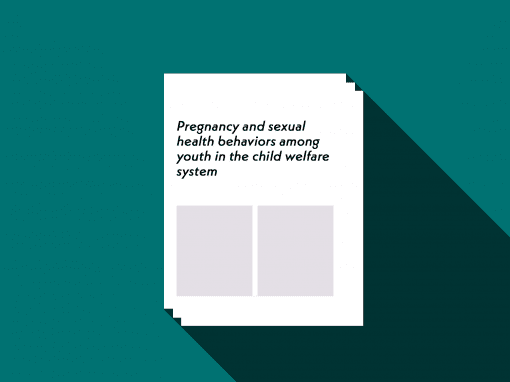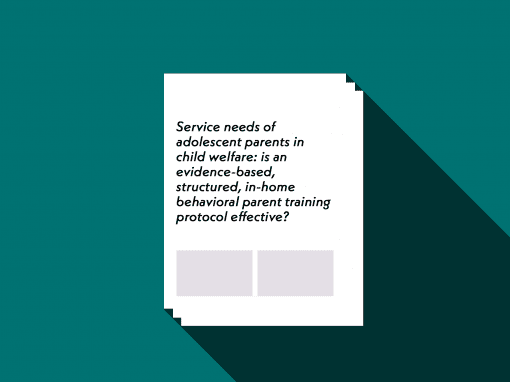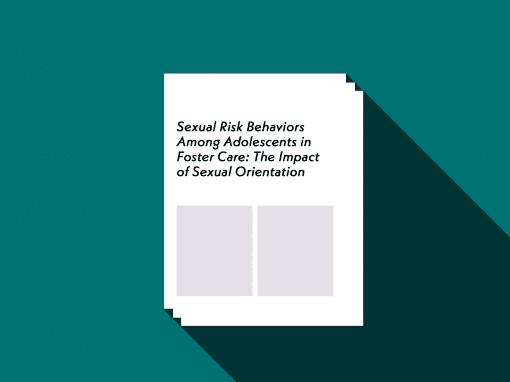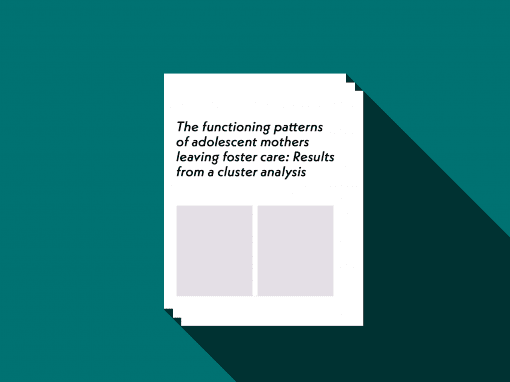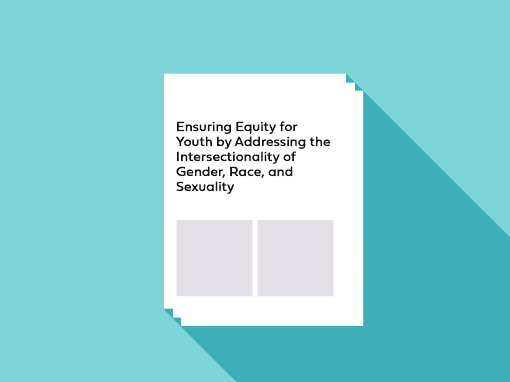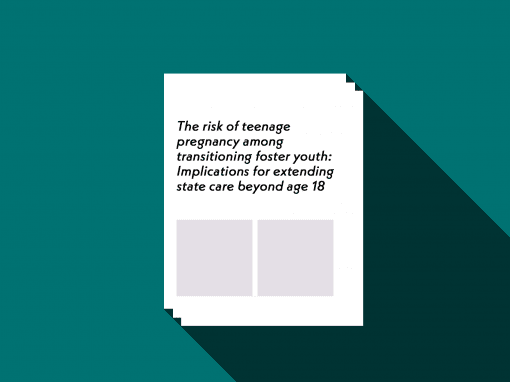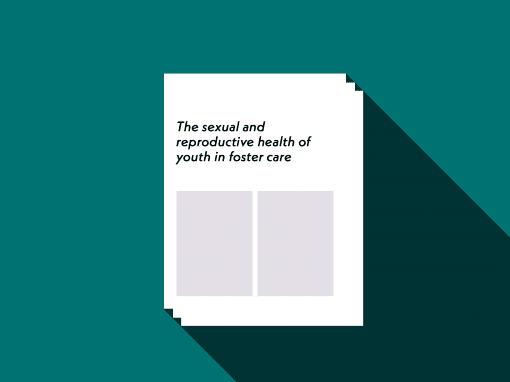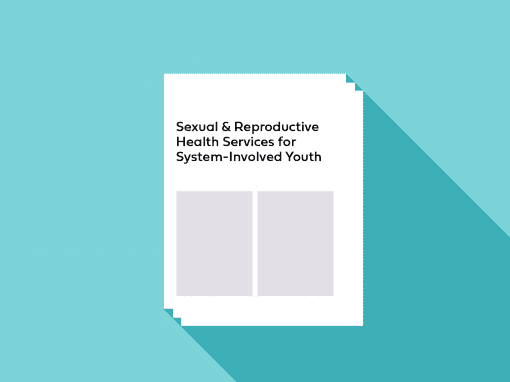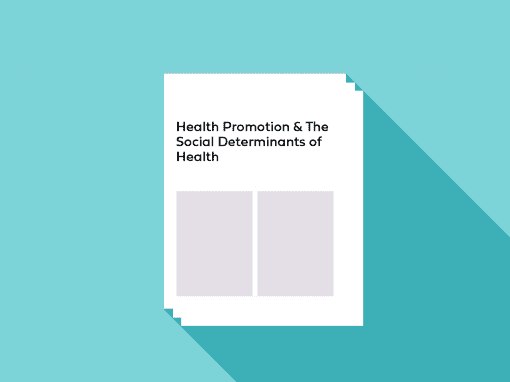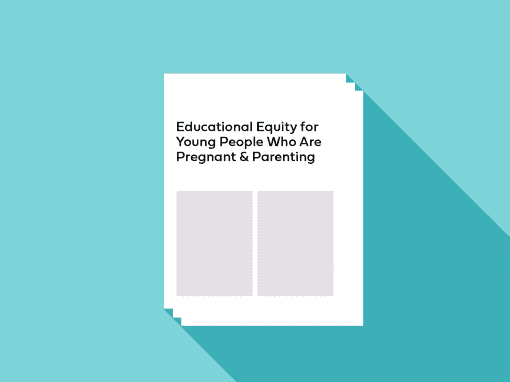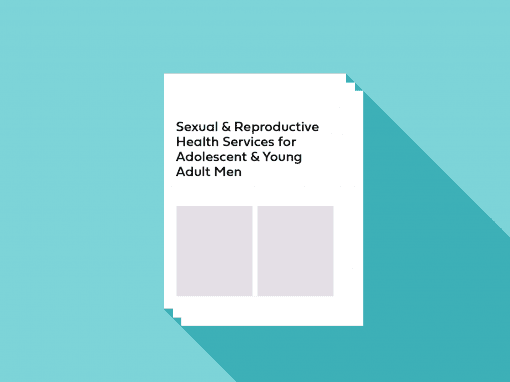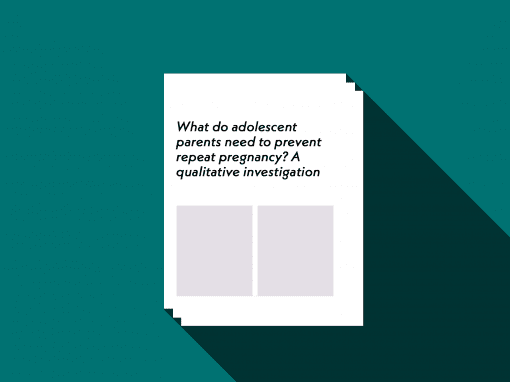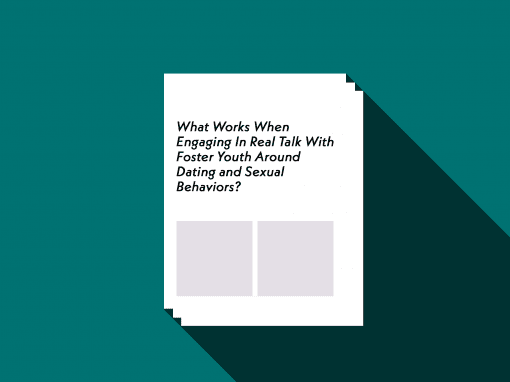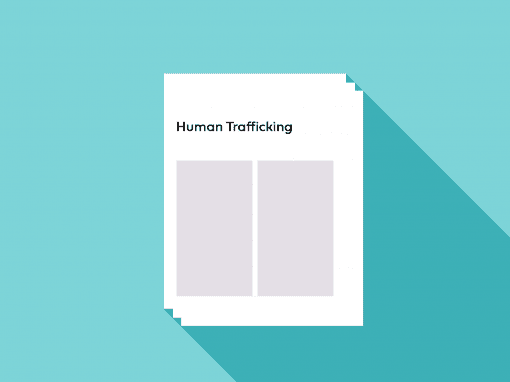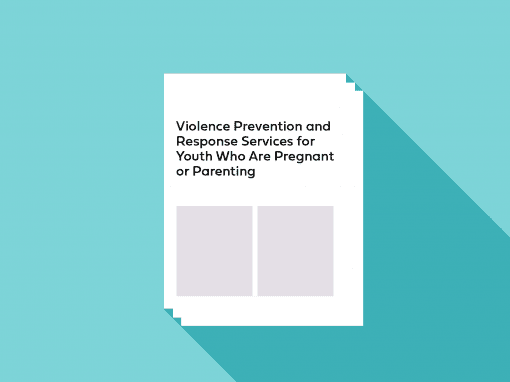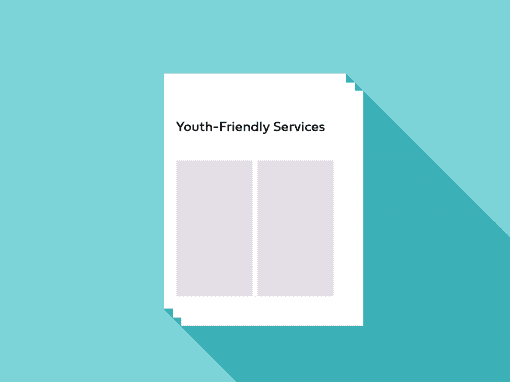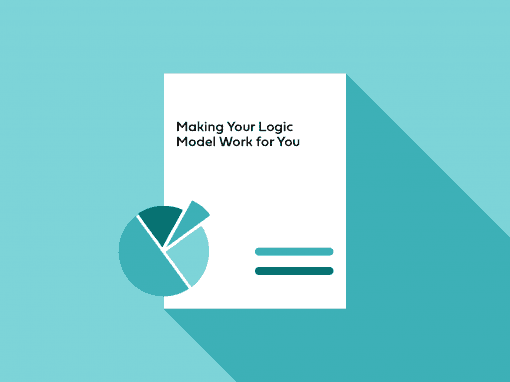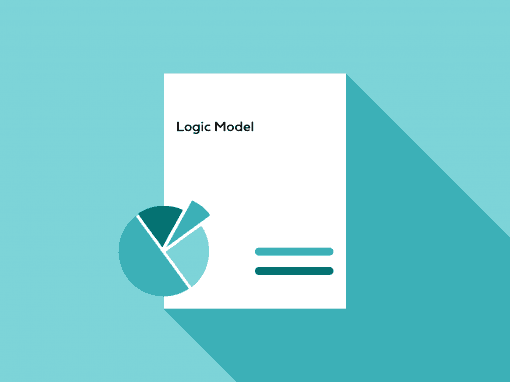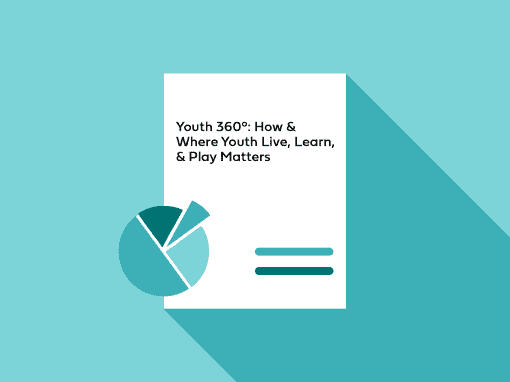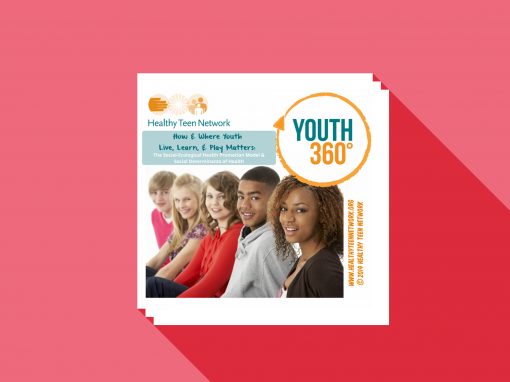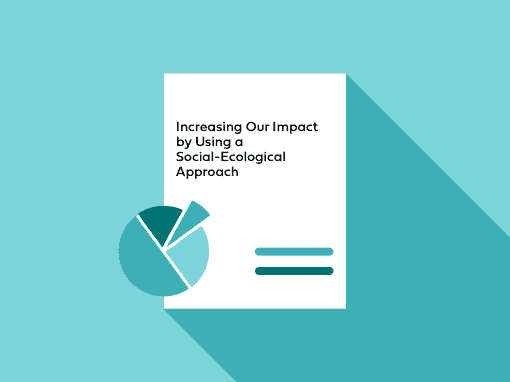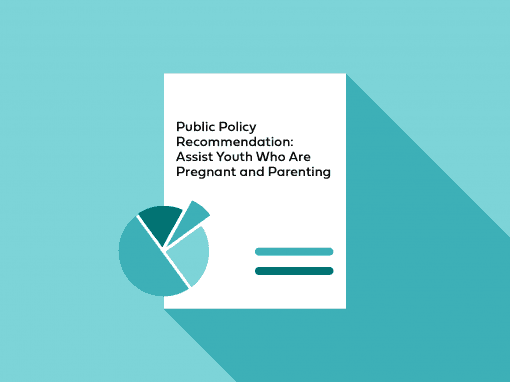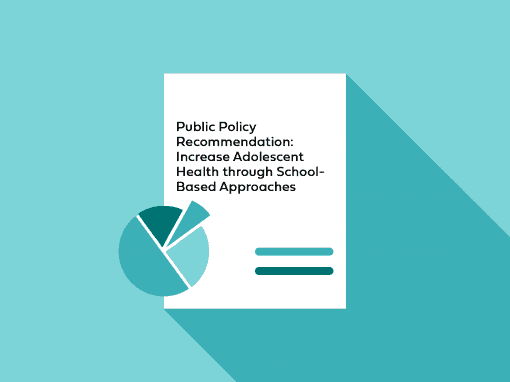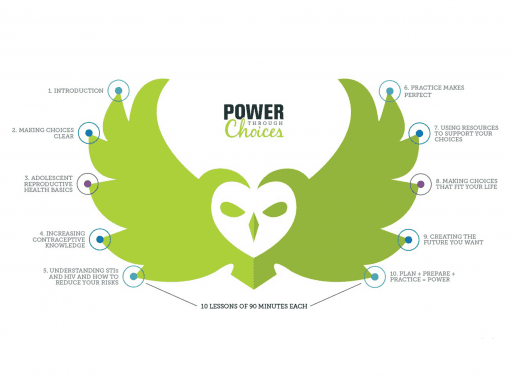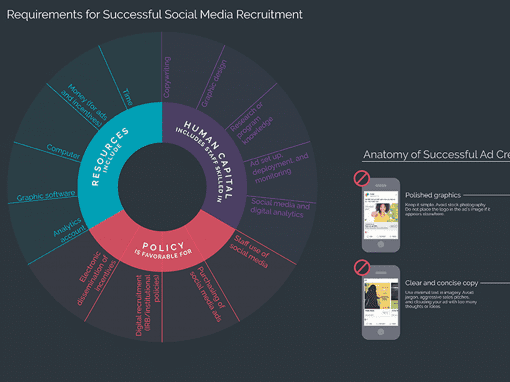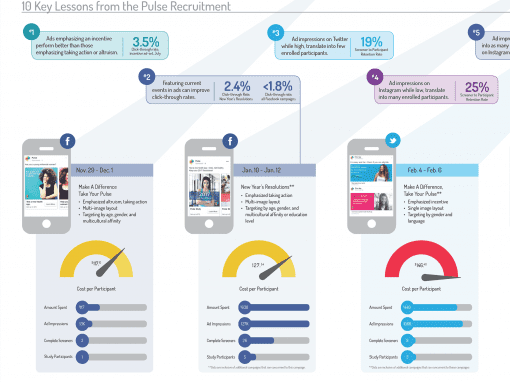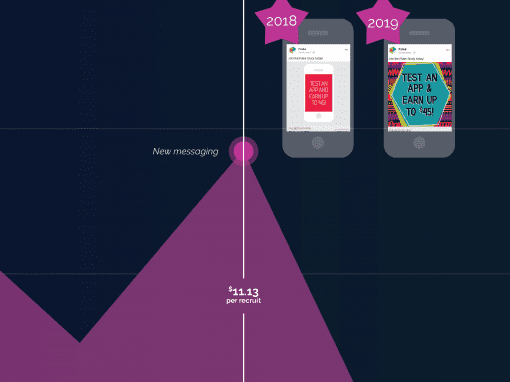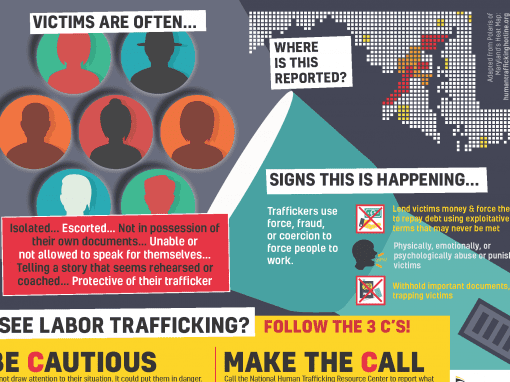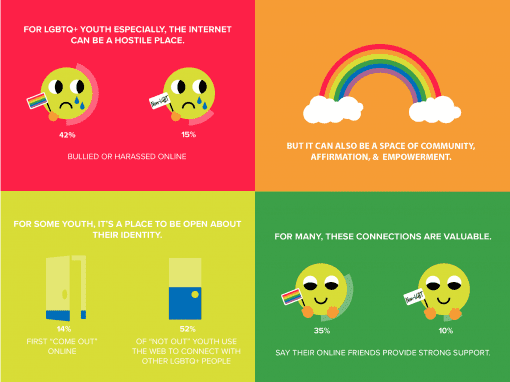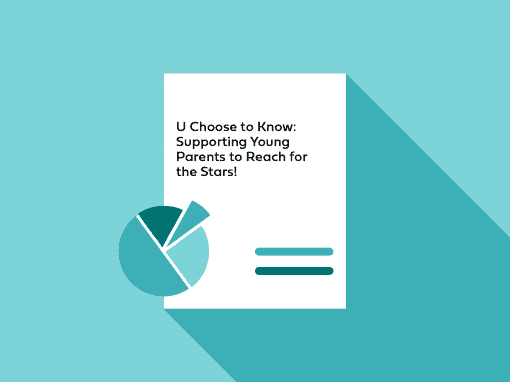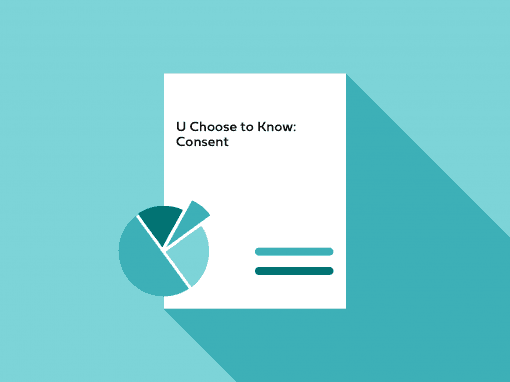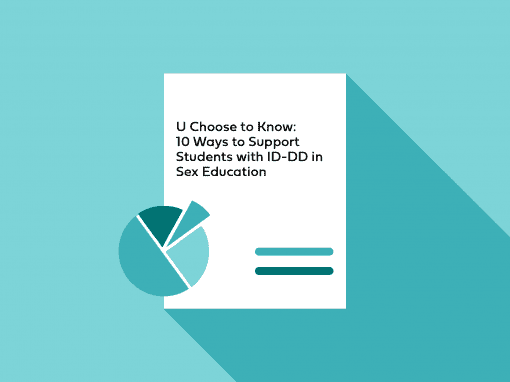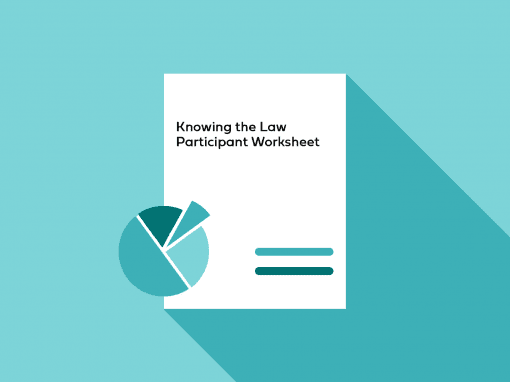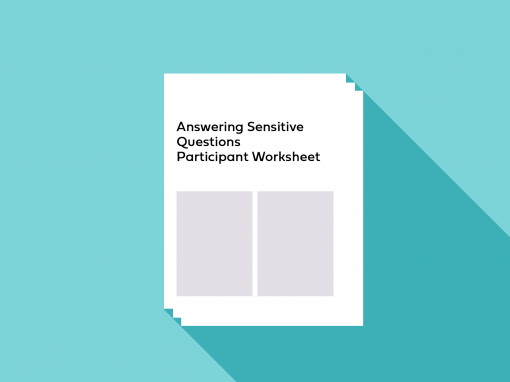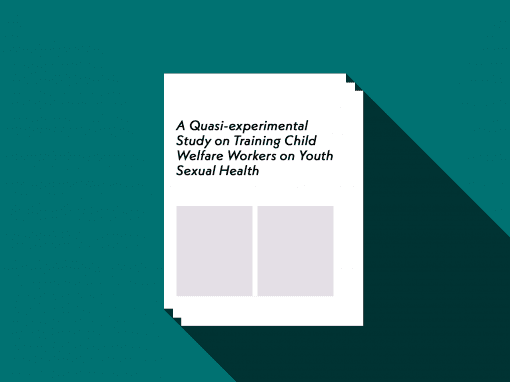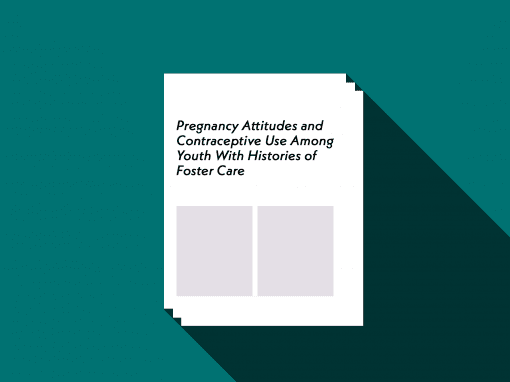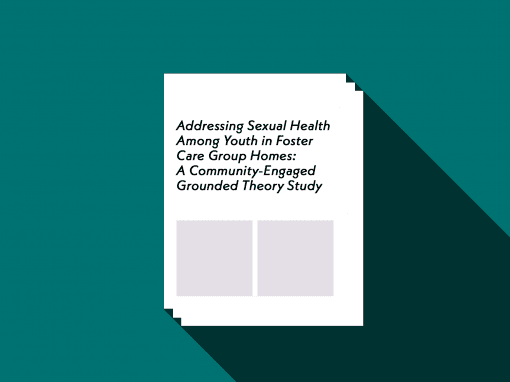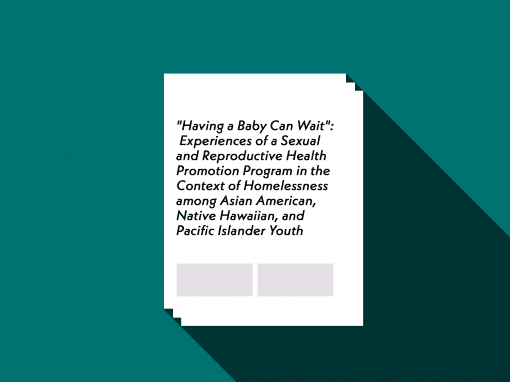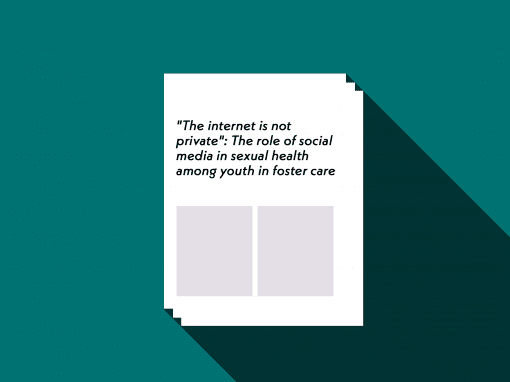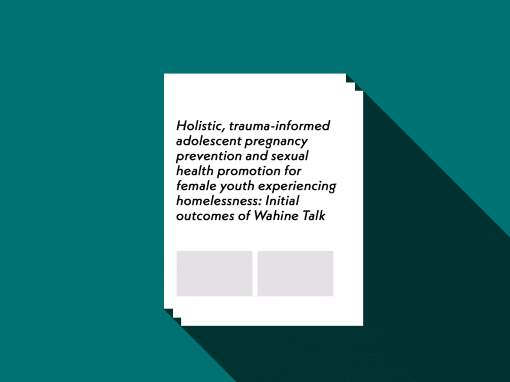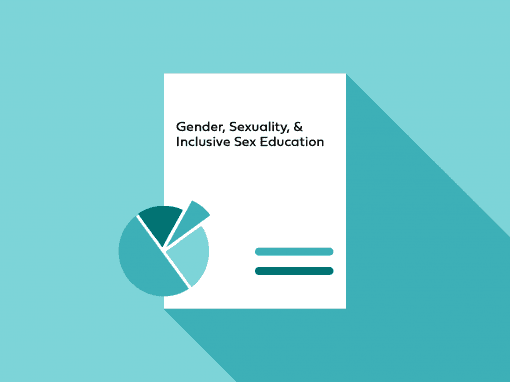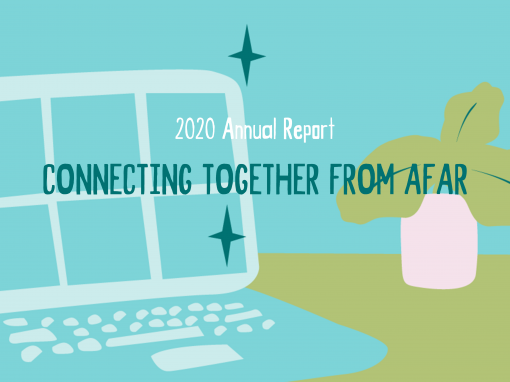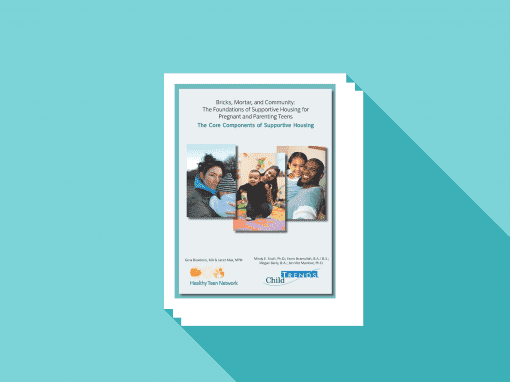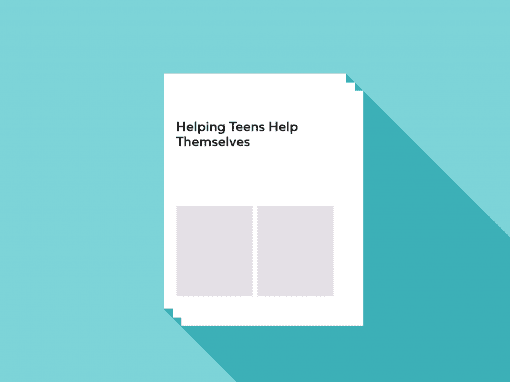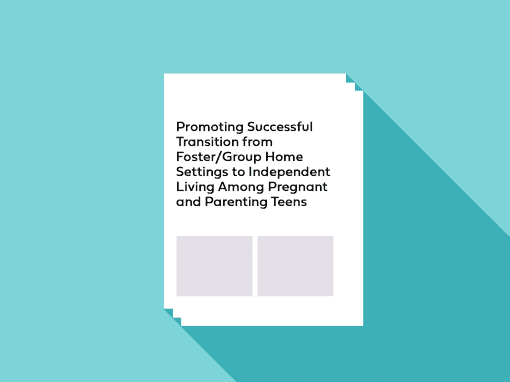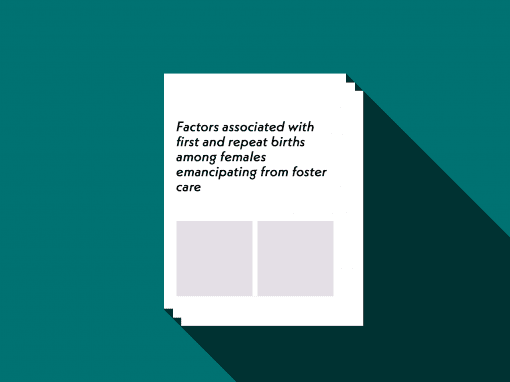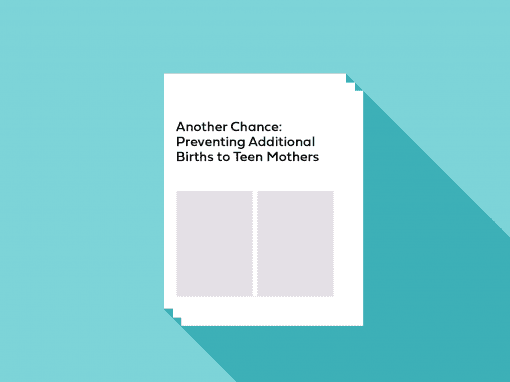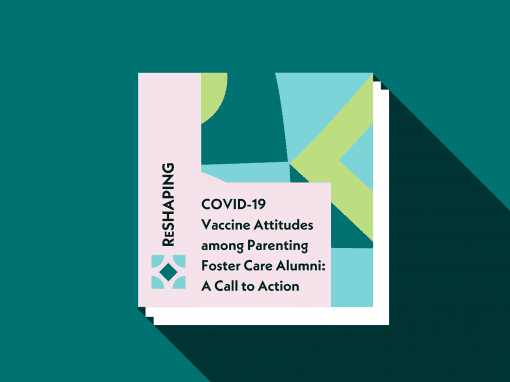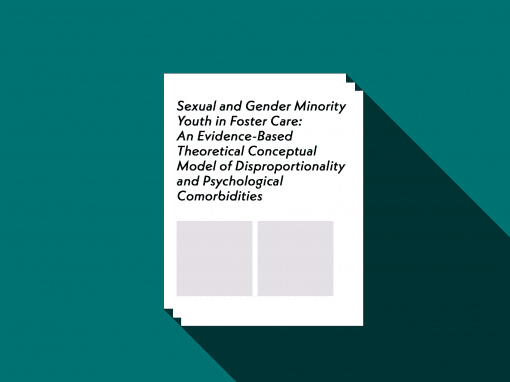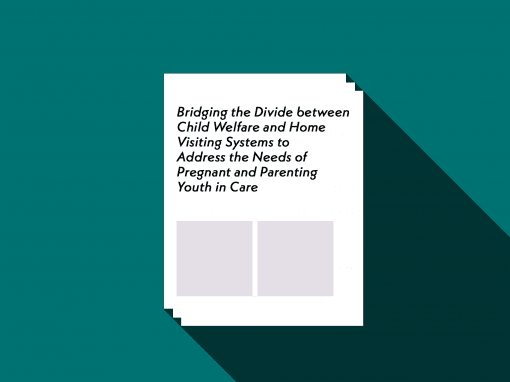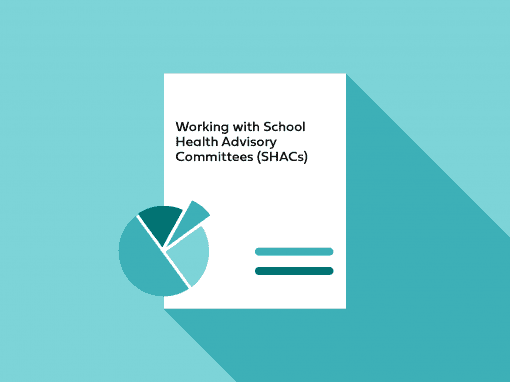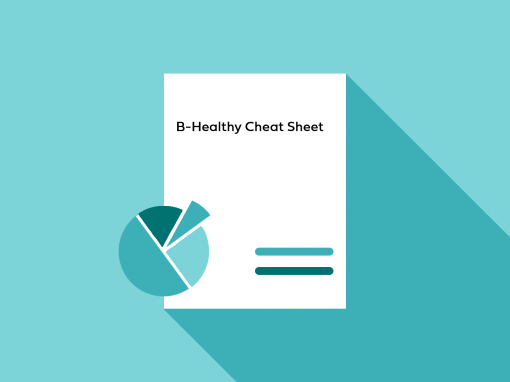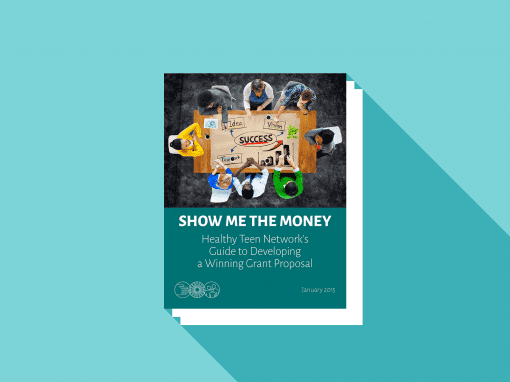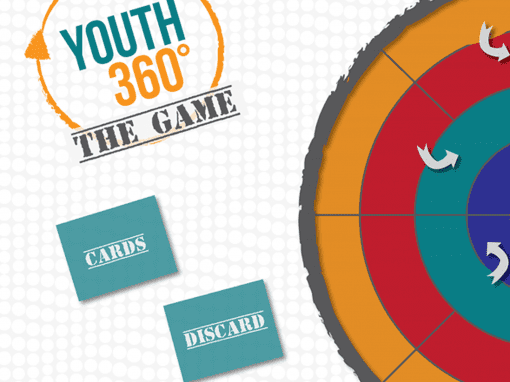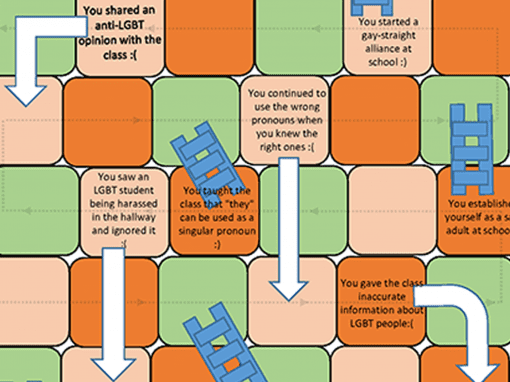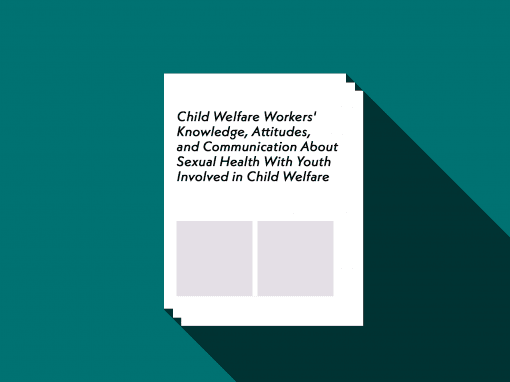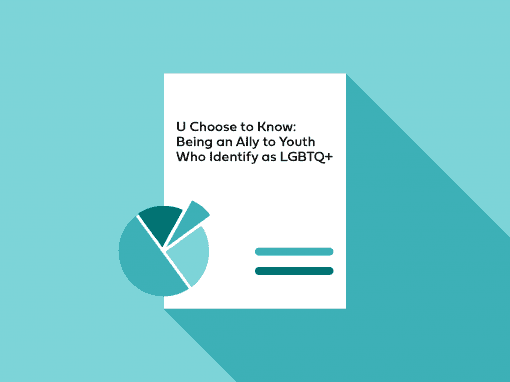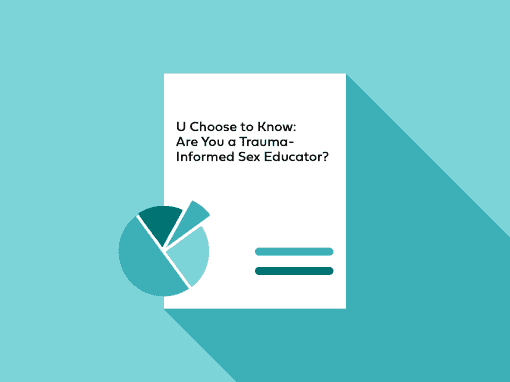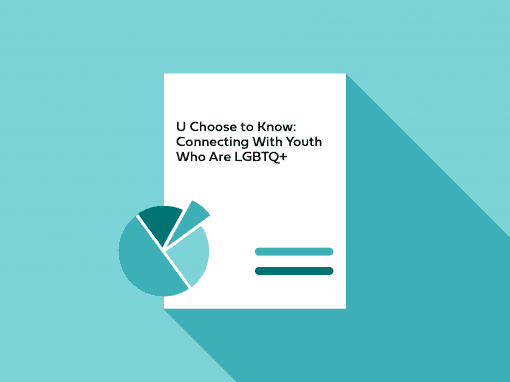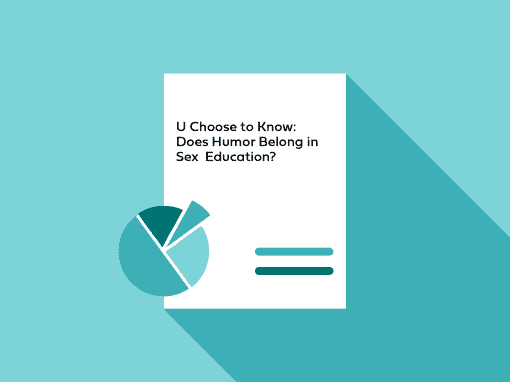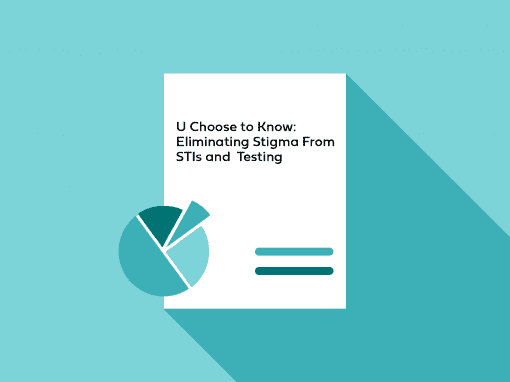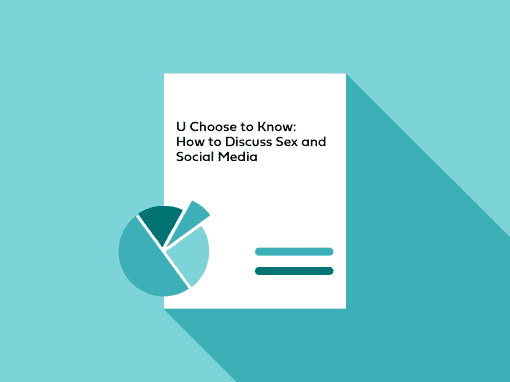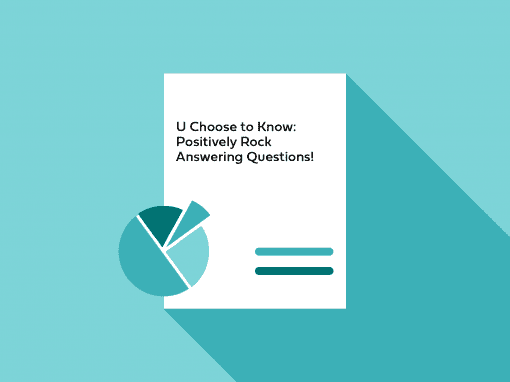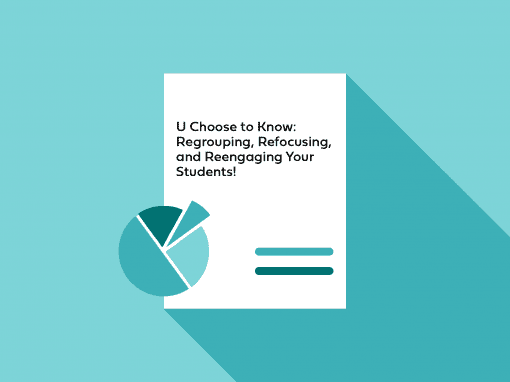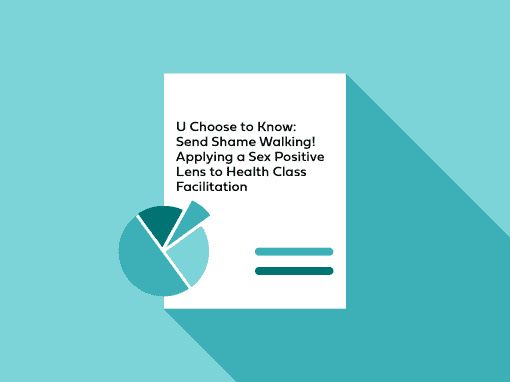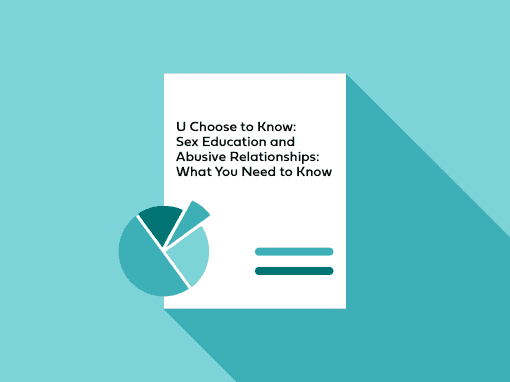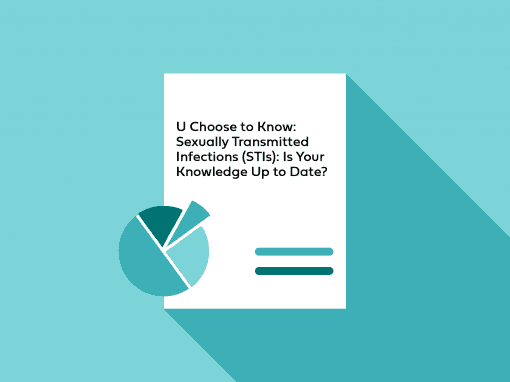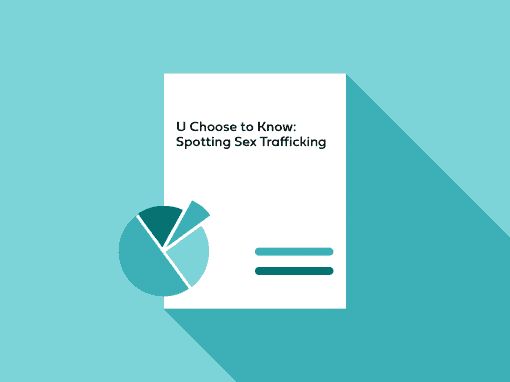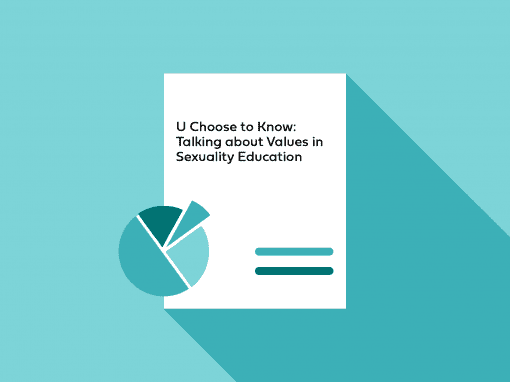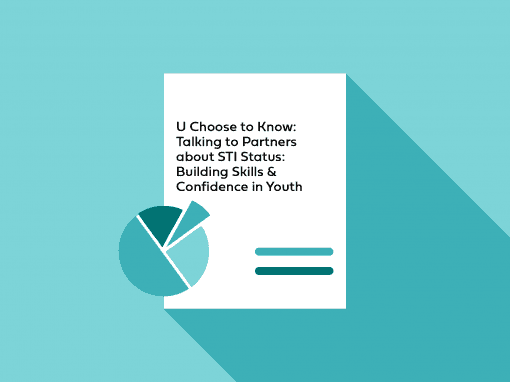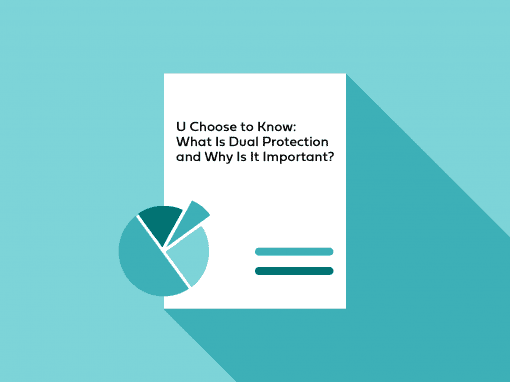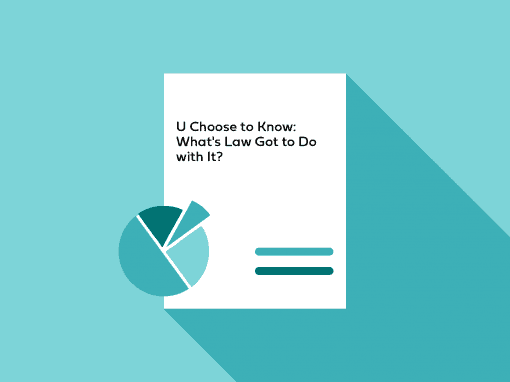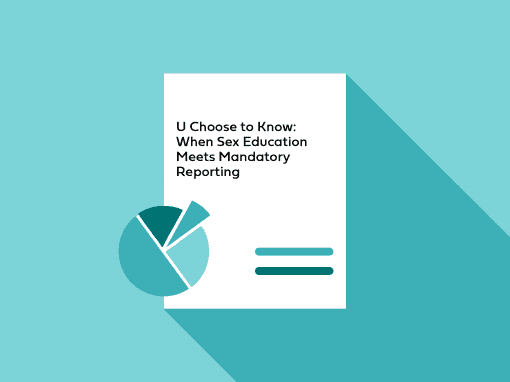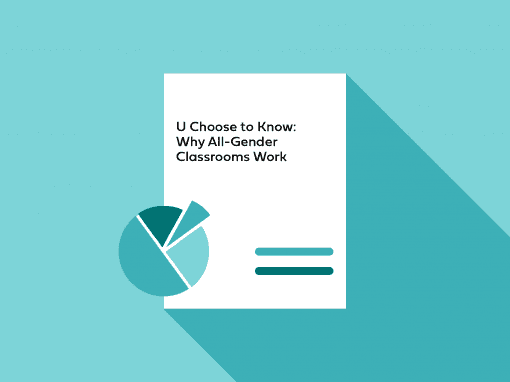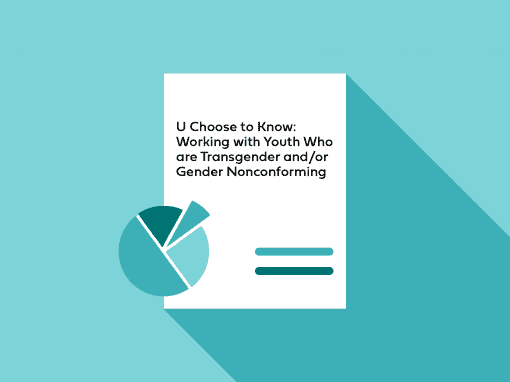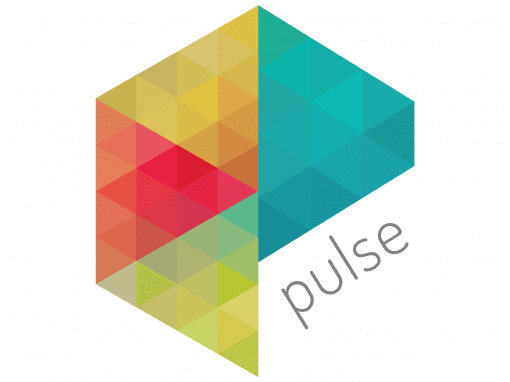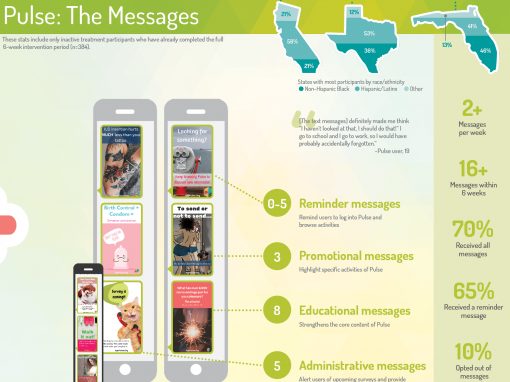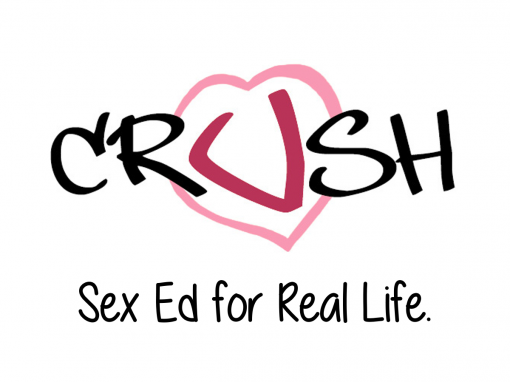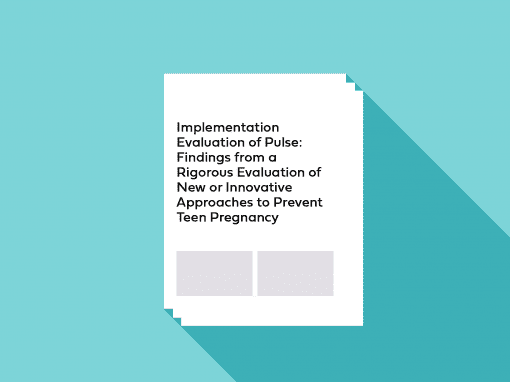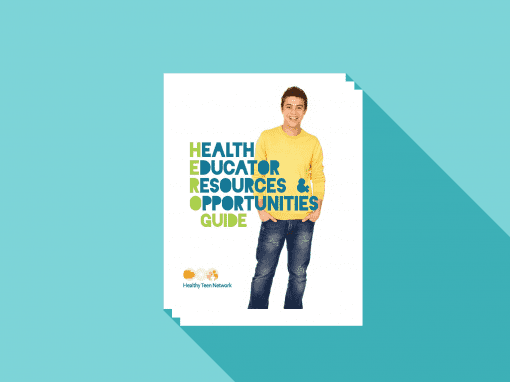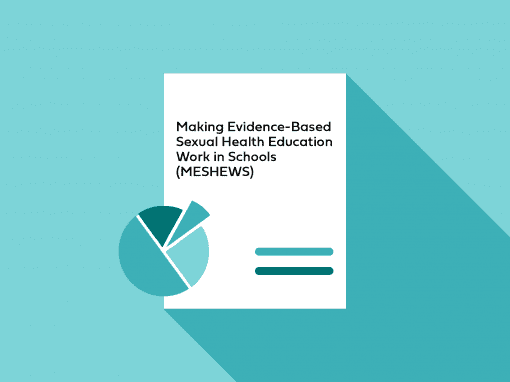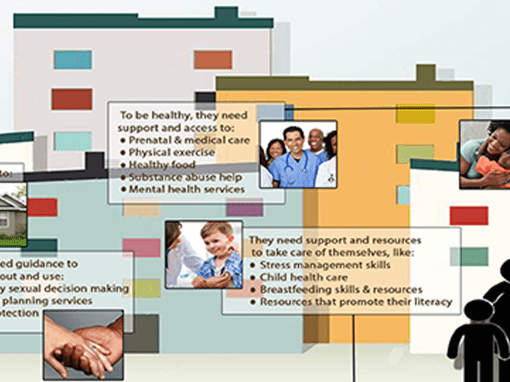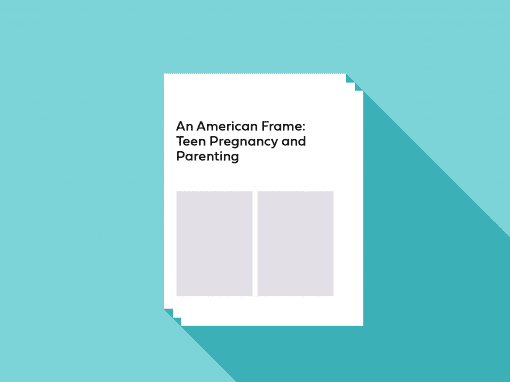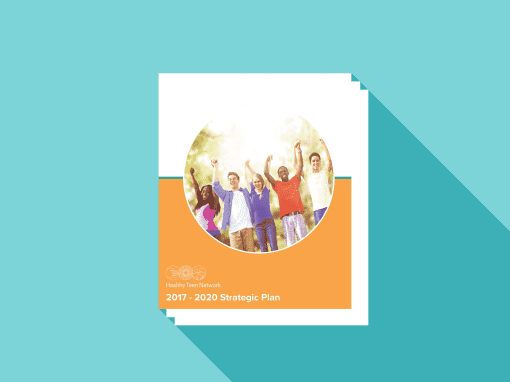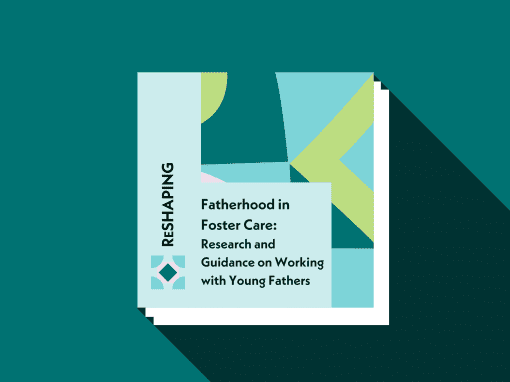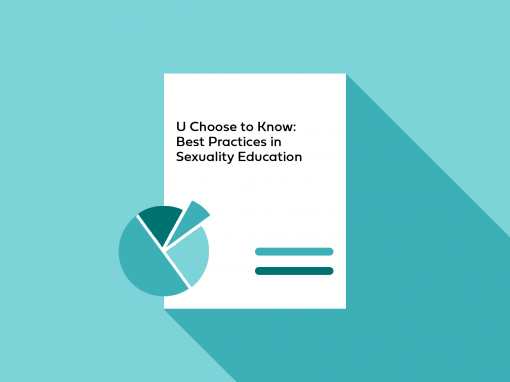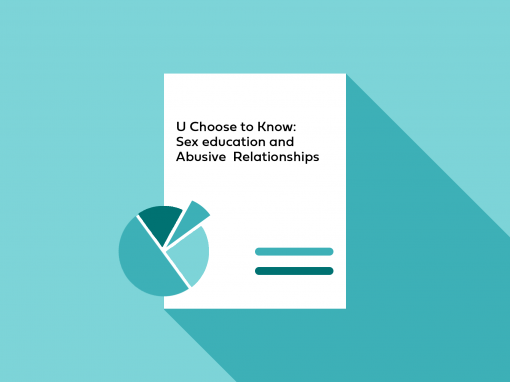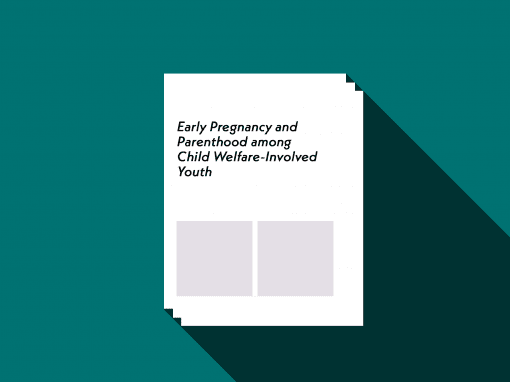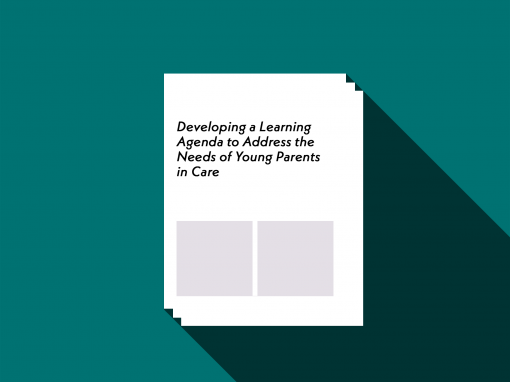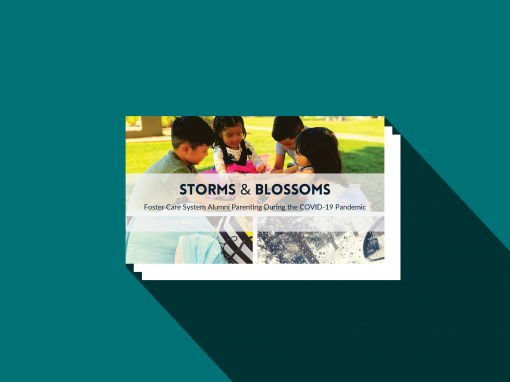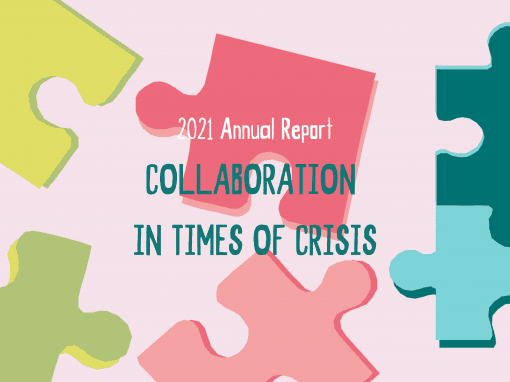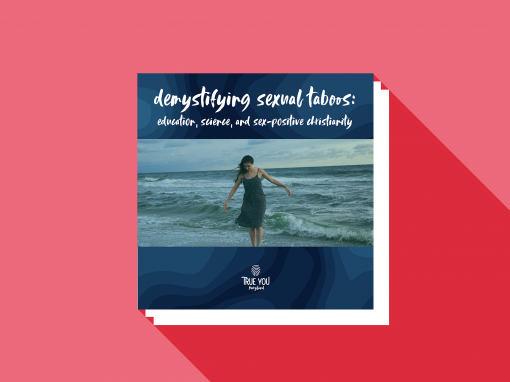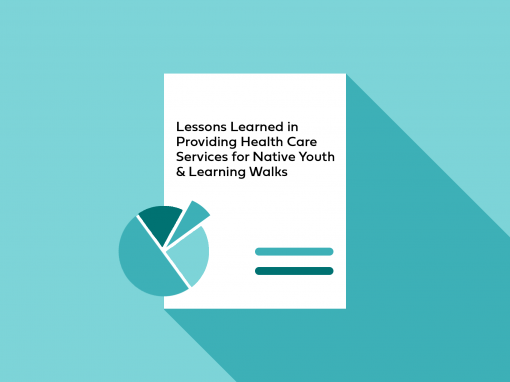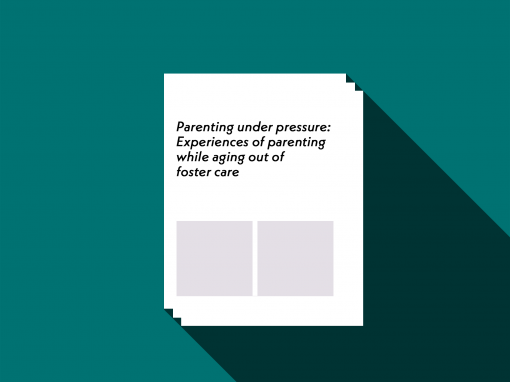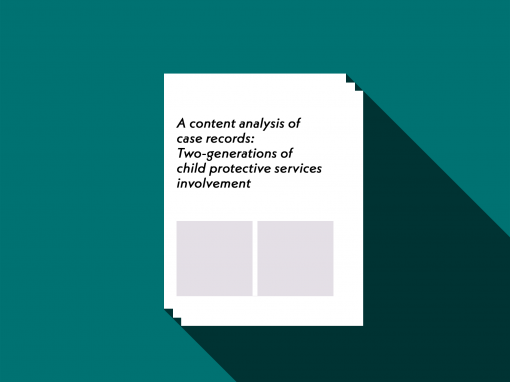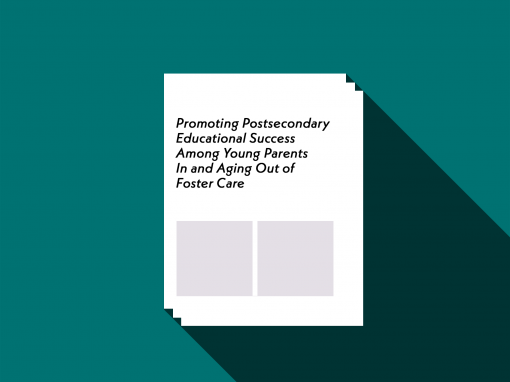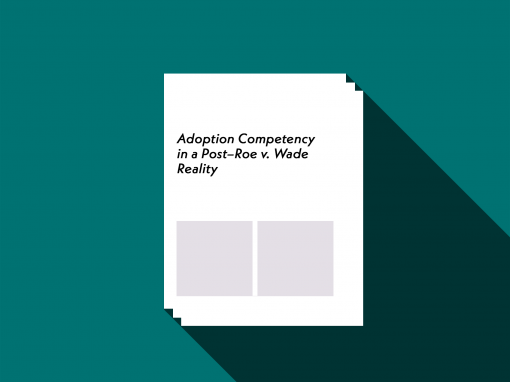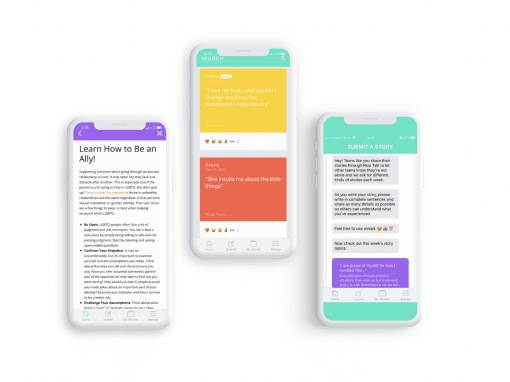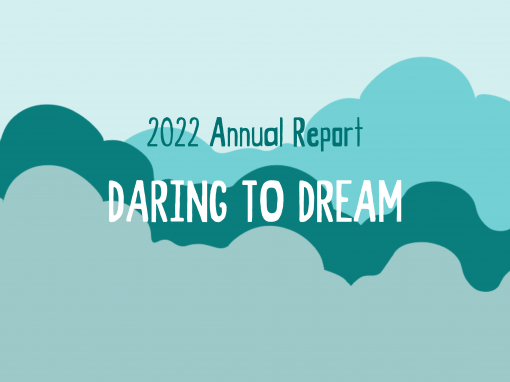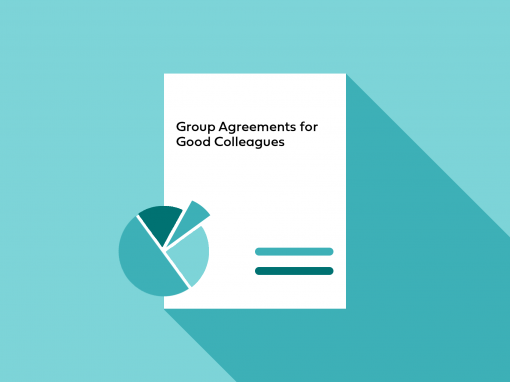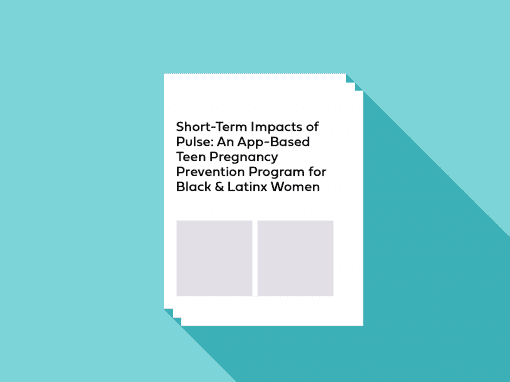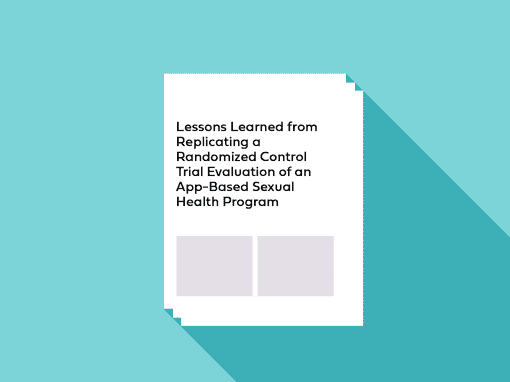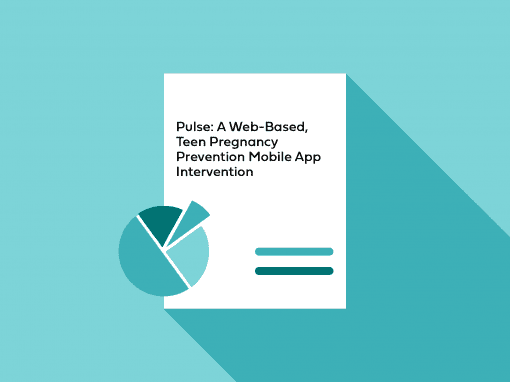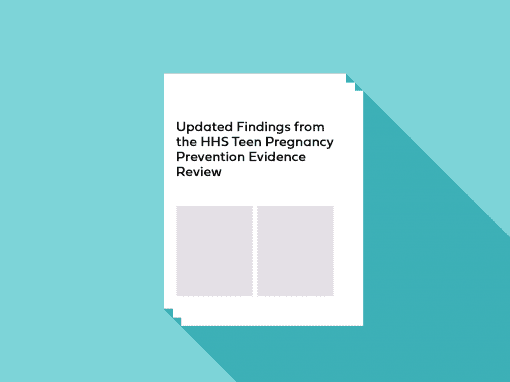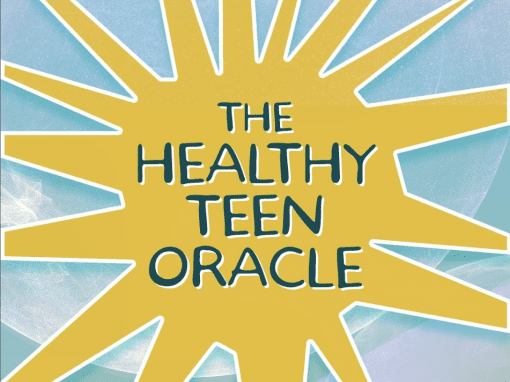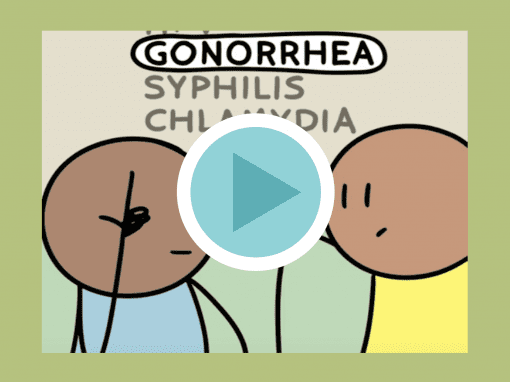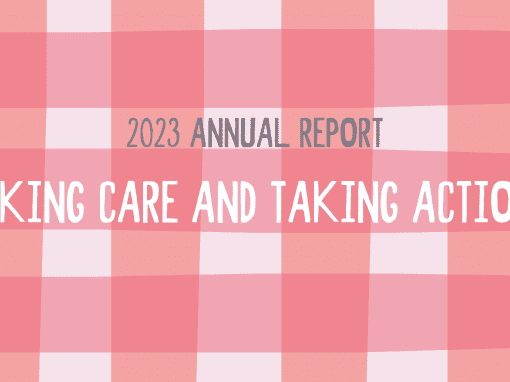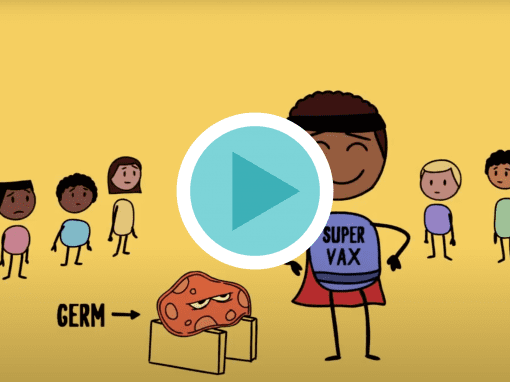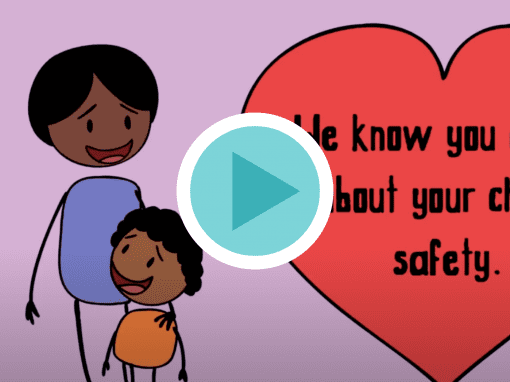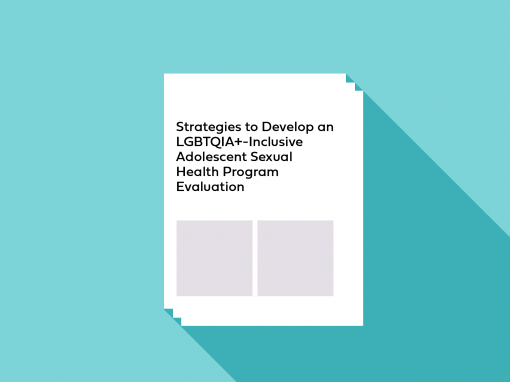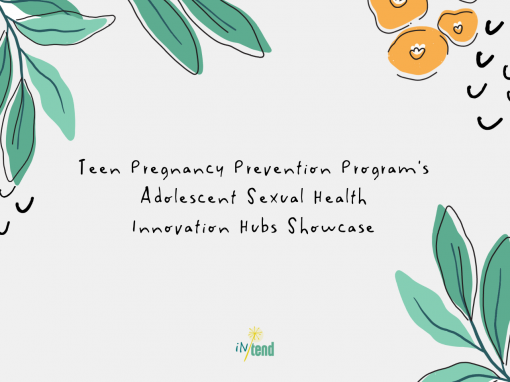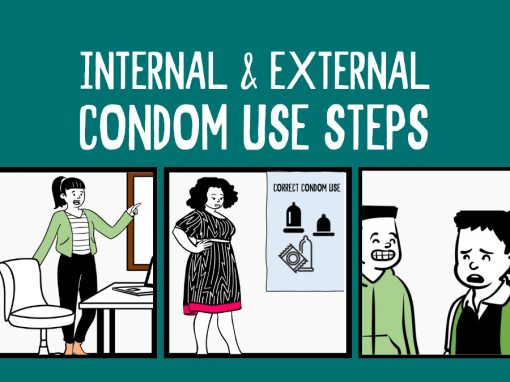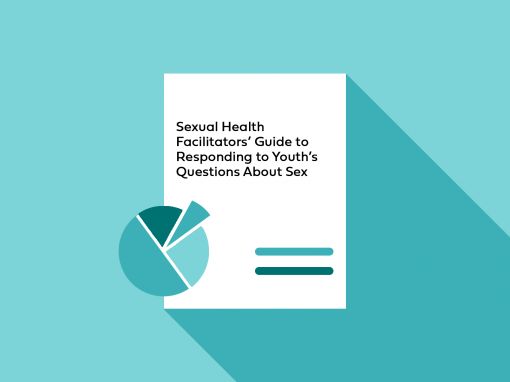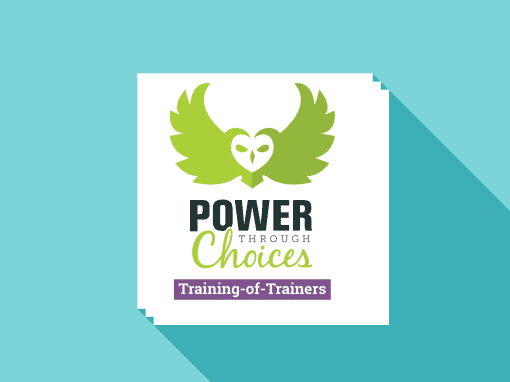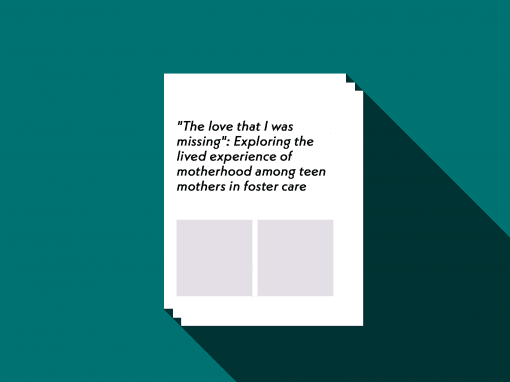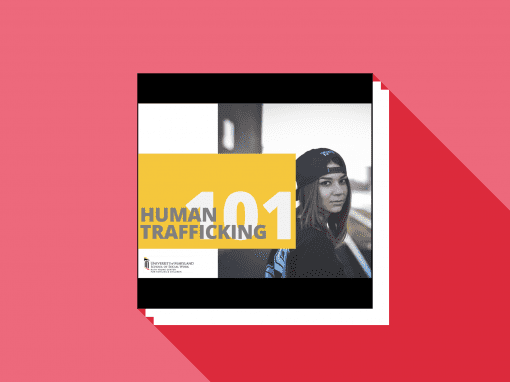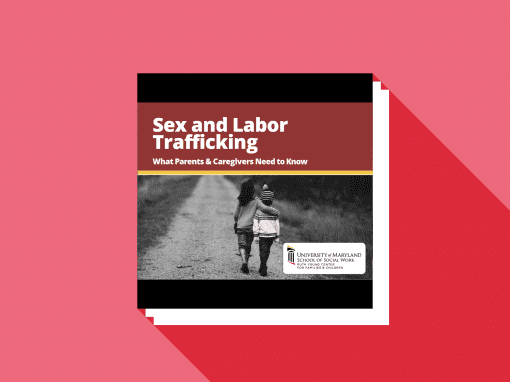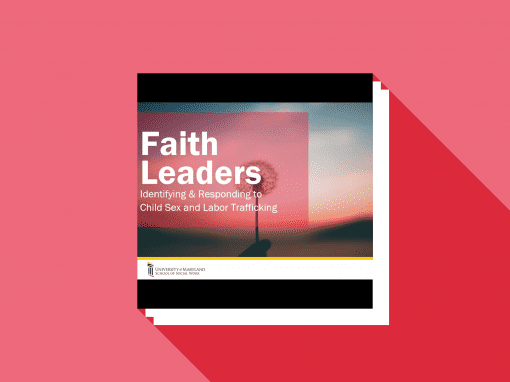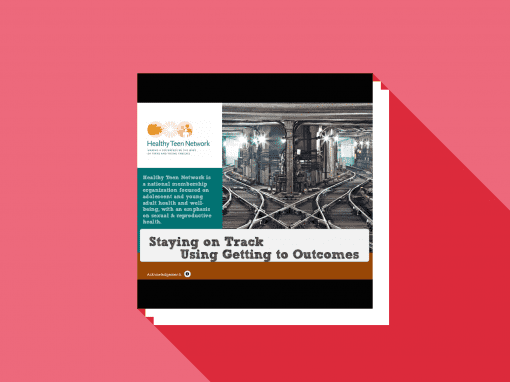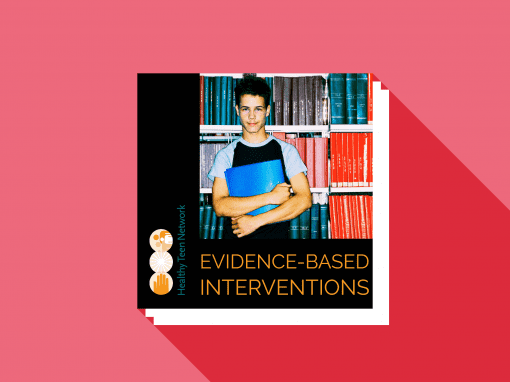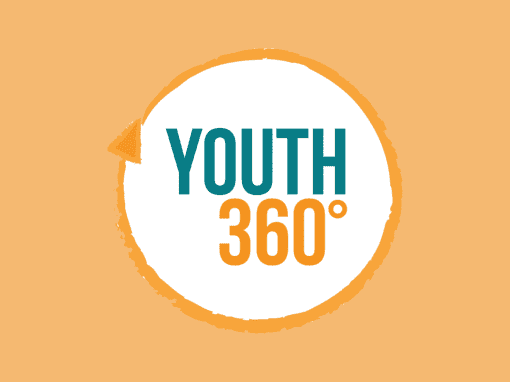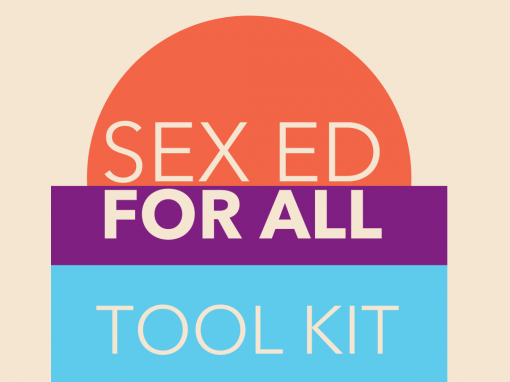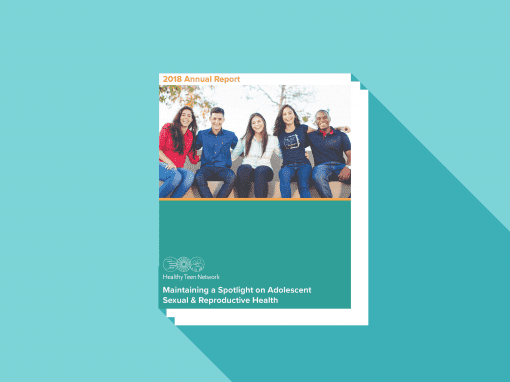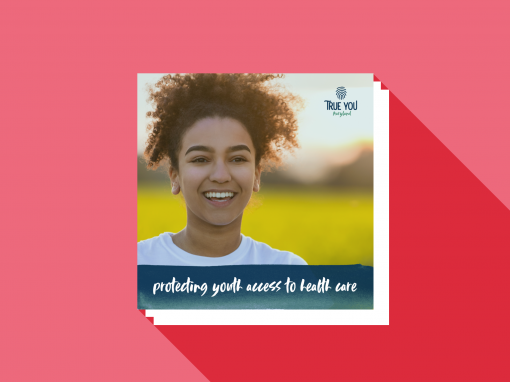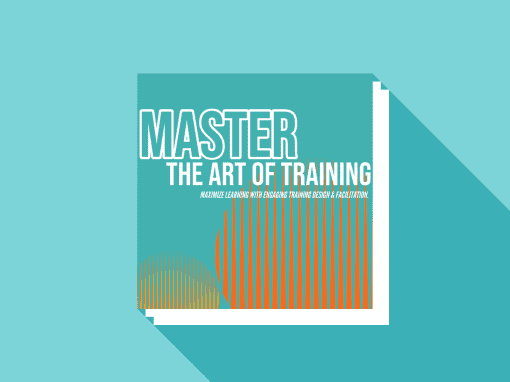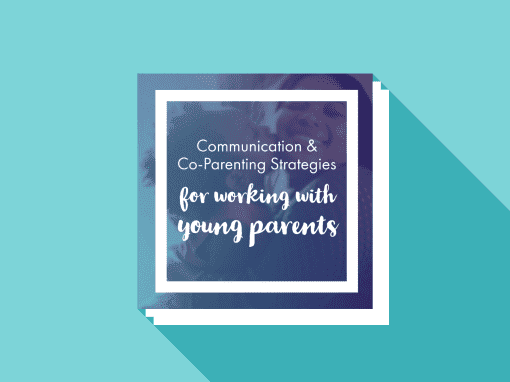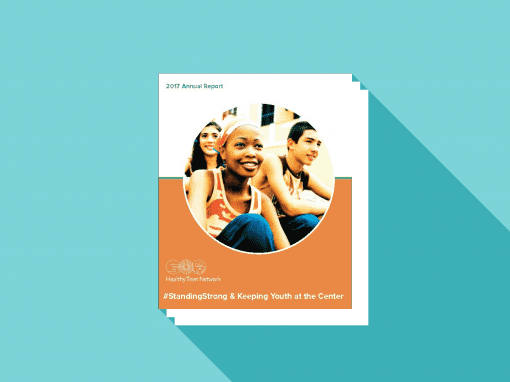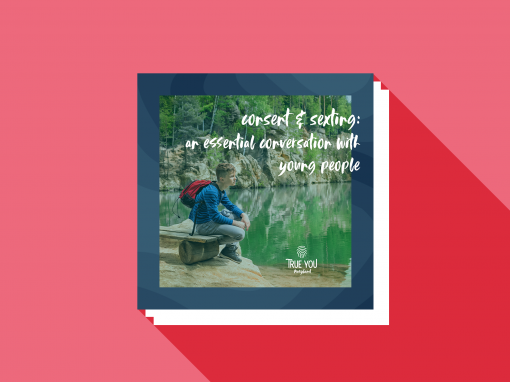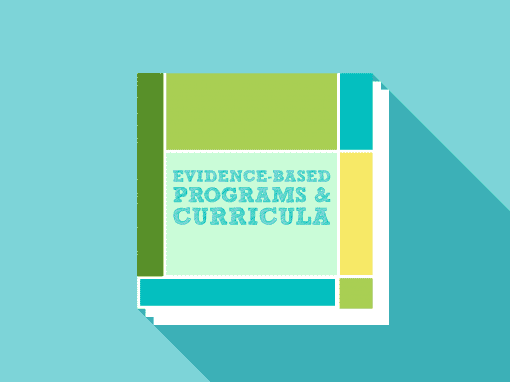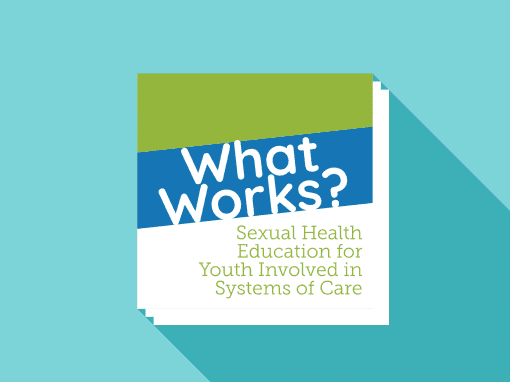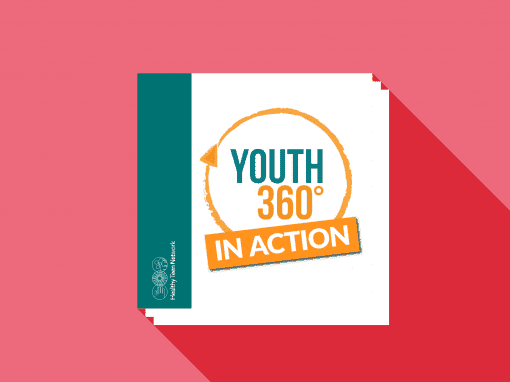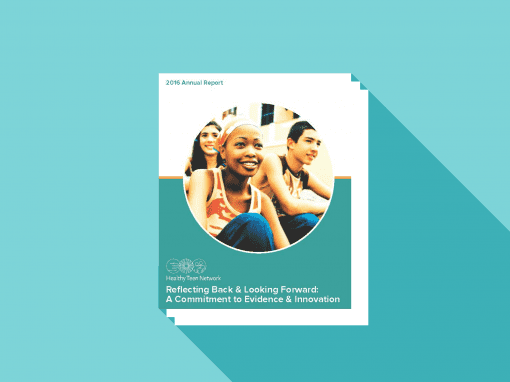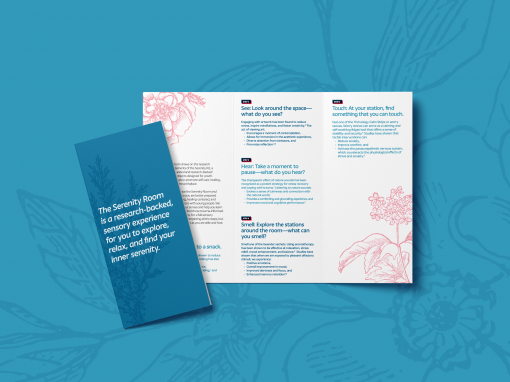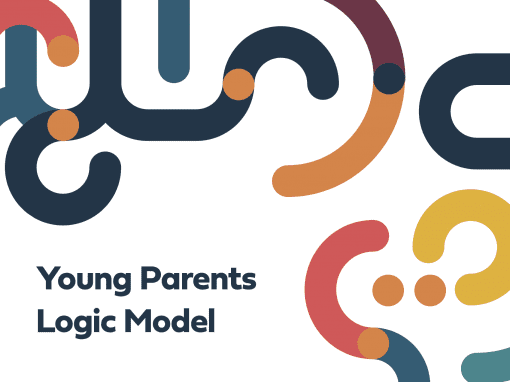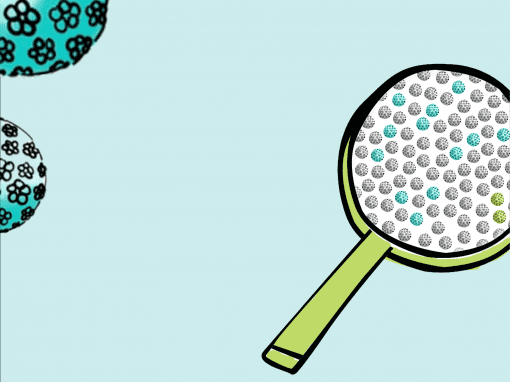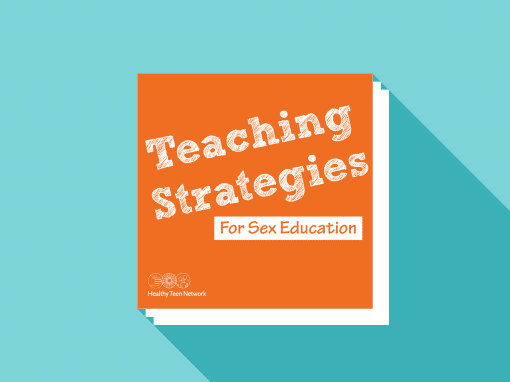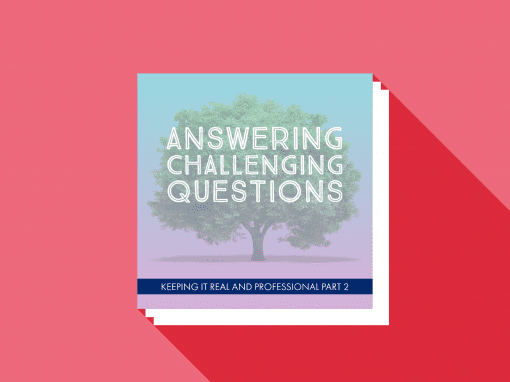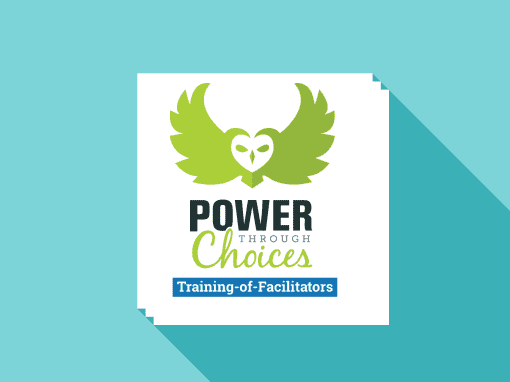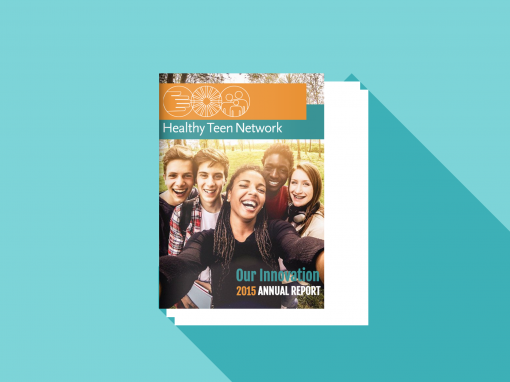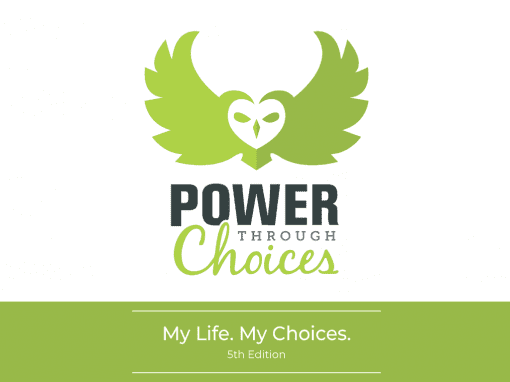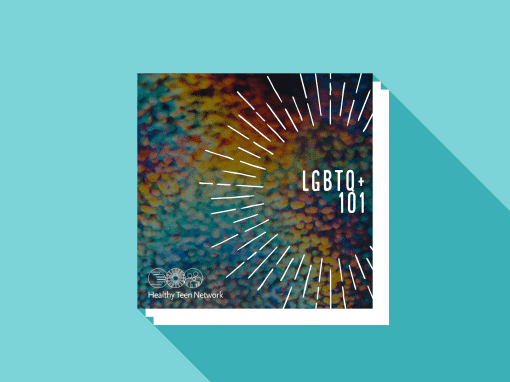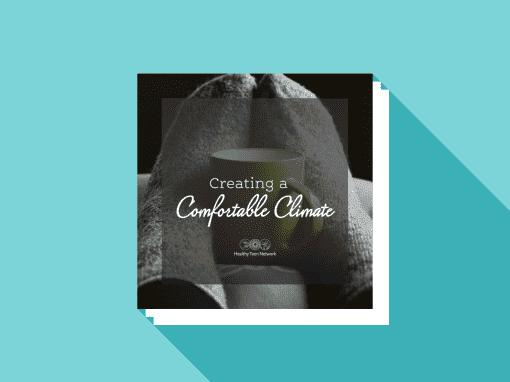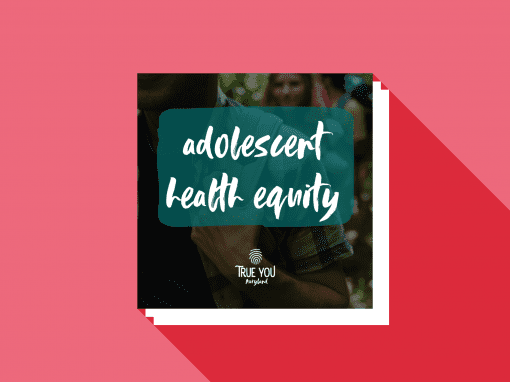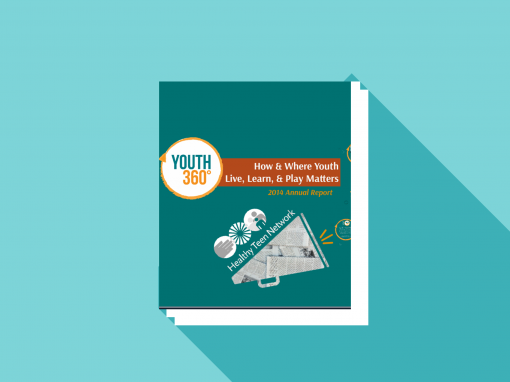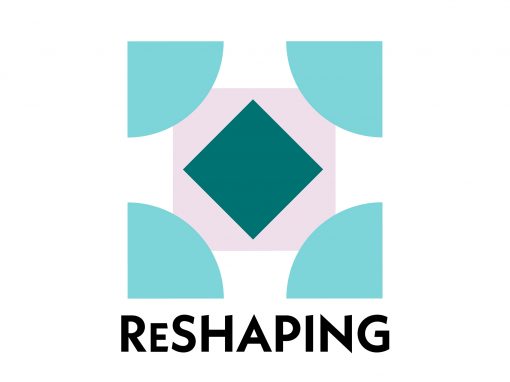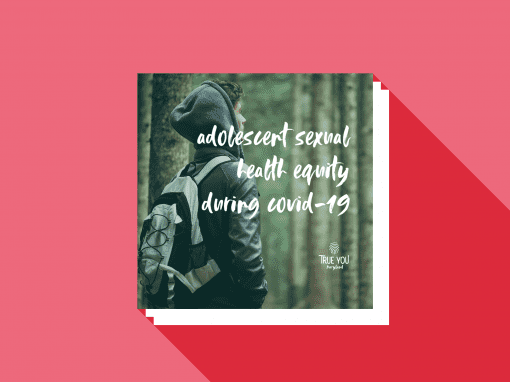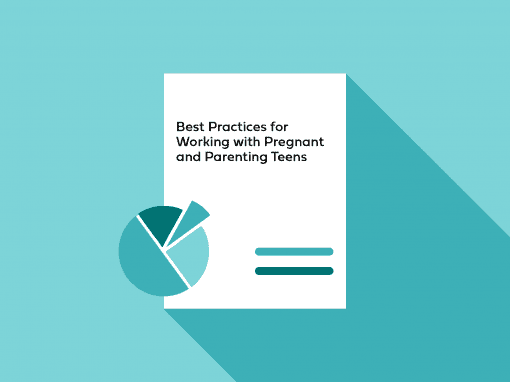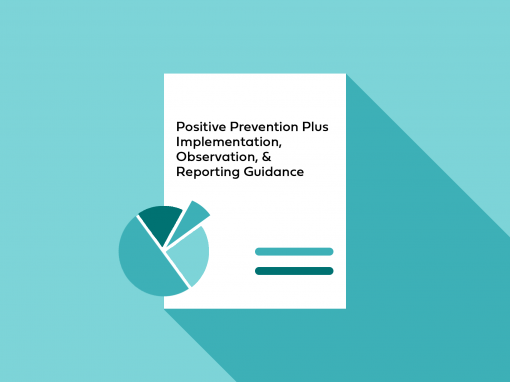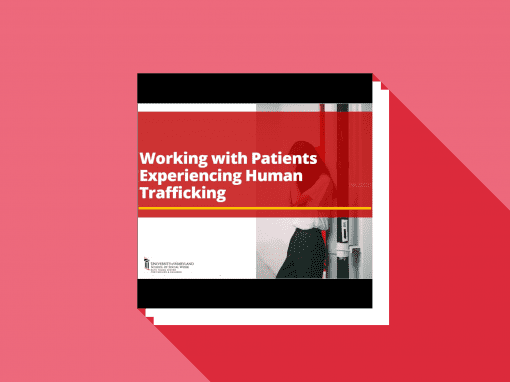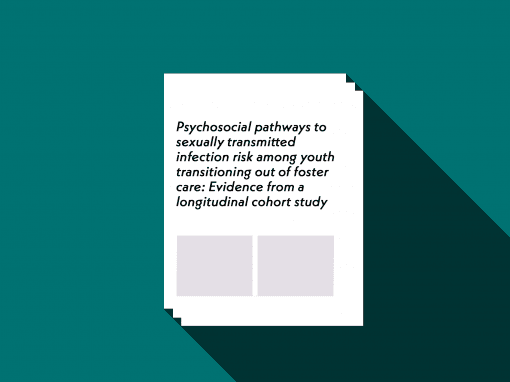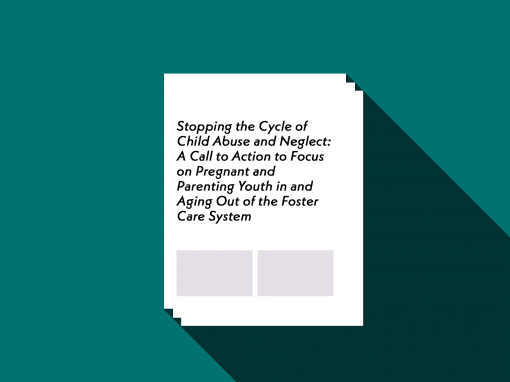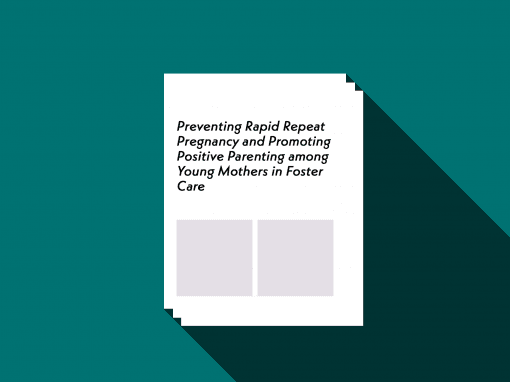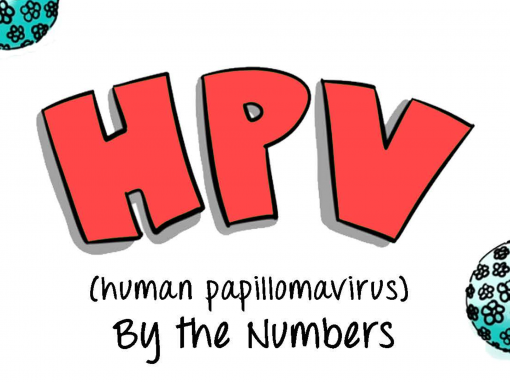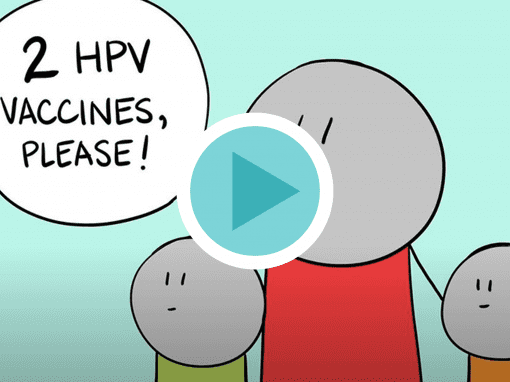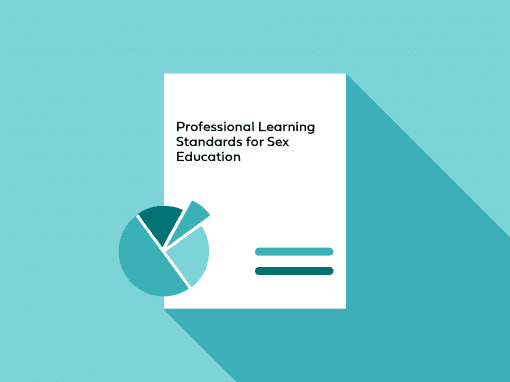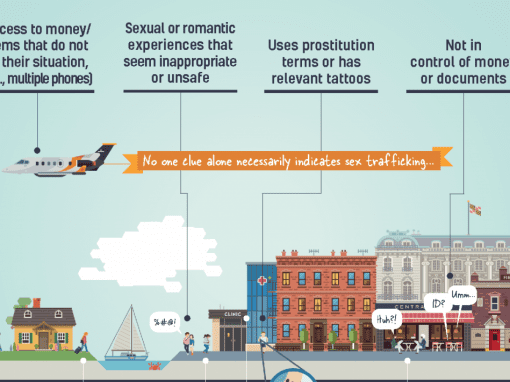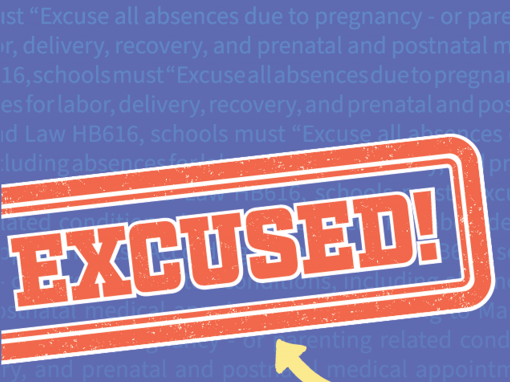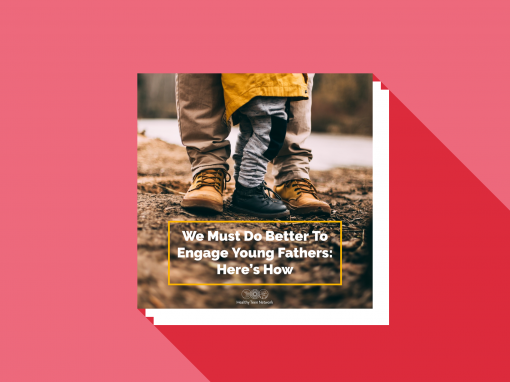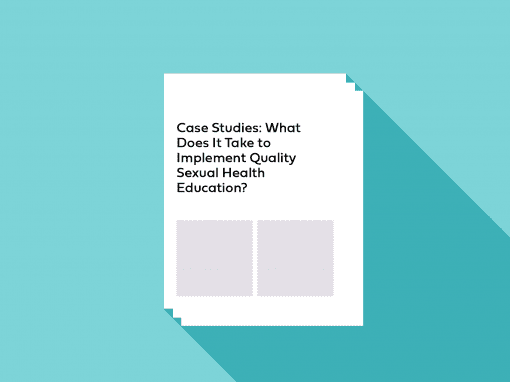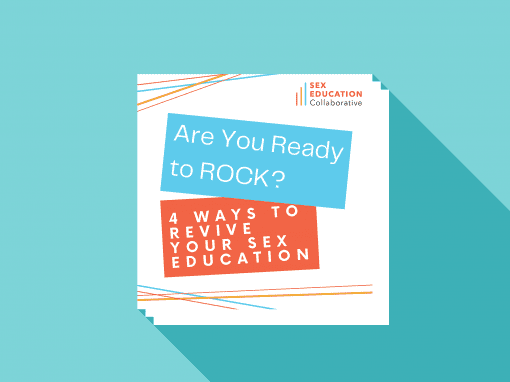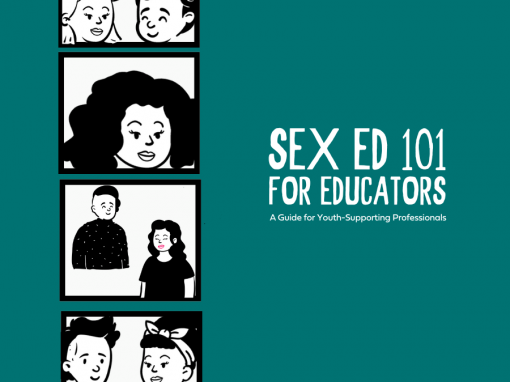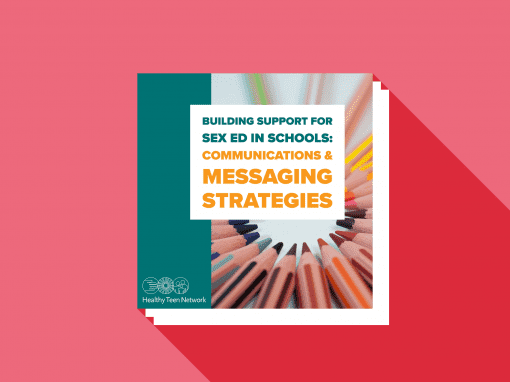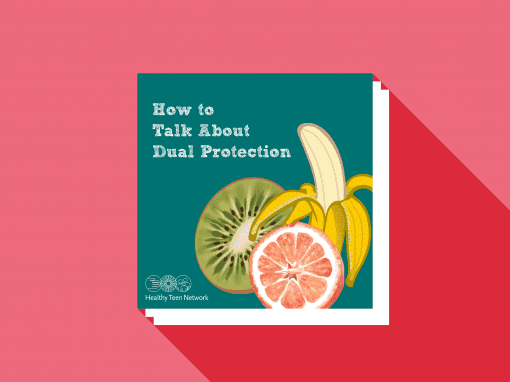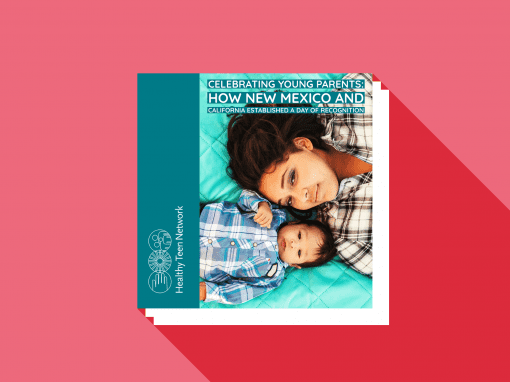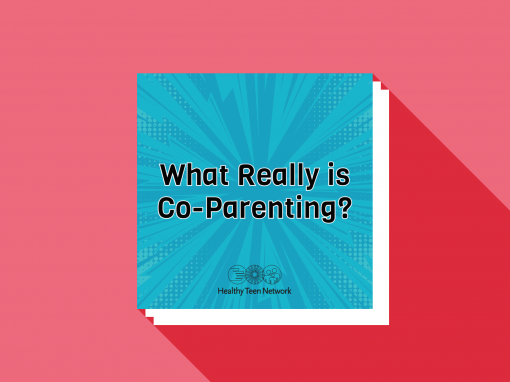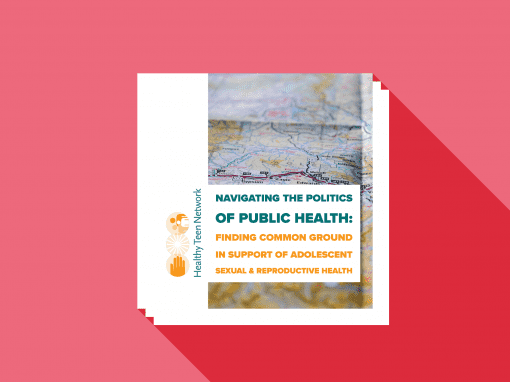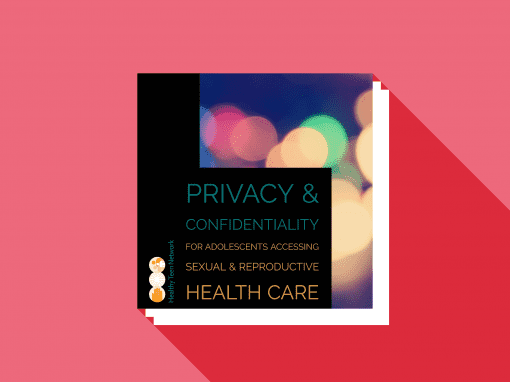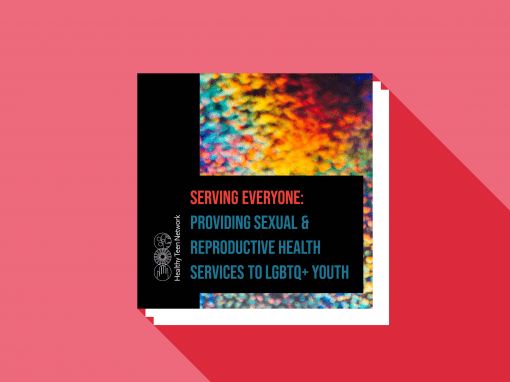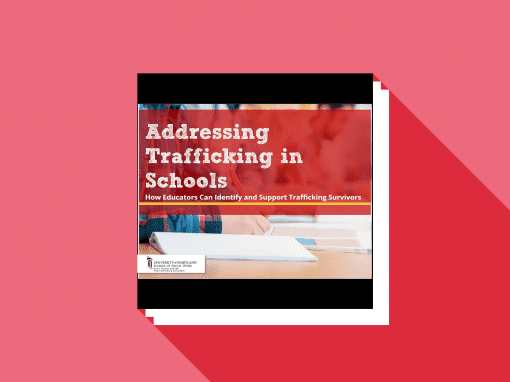
Position Statement
Substance Abuse and Its Intersection with Sexual Behavior among YouthSex education should include substance abuse education because research demonstrates a relationship between drug and alcohol use and an increase in risky sexual behaviors.
Adopted by
the Healthy Teen Network Board of Directors on
October 22, 2018
Position
Healthy Teen Network understands that the teen years are a time of experimentation and risk-taking and that this is normative behavior.1 However some risk-taking behaviors can lead to highly morbid and even fatal outcomes and thus require prevention, early detection, and prompt treatment. Substance abuse and sexual risk-taking behaviors are such behaviors.
Recent data show substance use among teens is on the decline,2 however, the types of substances being used and the current rise in deaths due to overdose bring this issue to the forefront. And while research is mixed, there does appear to be a correlation between substance use and risky sexual behavior.3 4 Sexual initiation is also on the decline5 of youth ages 15-19 reported being sexually active and of those, 21% drank alcohol or used drugs before last intercourse.6
To that end, we support the integration of evidence-based substance use screening tools (e.g., CRAFFT) that serve to educate, and identify substance use or risk factors related to such use into all clinical settings serving this population. Further we believe that evidence-based substance use education should be part of health education in middle and high school. We do not support universal drug screening in any setting. Finally, we encourage a holistic Youth 360° approach for treatment, as substance use and abuse is associated with and mitigated by a host of external factors, and research has shown that the most effective substance abuse treatment programs for youth are holistic in nature engaging adults and communities.7
Issue
The teen years are a time of risk taking and experimentation, including initiating sex as well as the use of alcohol and other substances. There is good news, however, is both drug use and sexual initiation rates seem to be declining in recent years.
The teen years are a time of risk taking and experimentation, including initiating sex as well as the use of alcohol and other substances. There is good news, however, is both drug use and sexual initiation rates seem to be declining in recent years.
The 2017 Monitoring the Future (MTF) survey of drug use and attitudes among 8th, 10th, and 12th graders in hundreds of schools across the country continues to report promising trends, with past-year use of illicit drugs, other than marijuana, holding steady at the lowest levels in over two decades—5.8 percent among 8th graders, 9.4 percent among 10th graders, and 13.3 percent among 12th graders.8 This is down from peak rates of 13.1 percent for 8th graders in 1996, 18.4 percent for 10th graders in 1996, and 21.6 percent for 12th graders in 2001.9 And the proportion of teens having sex has also declined. In 2011–2013, about 13% of never-married females aged 15–19 and 18% of never-married males in that age-group had had sex before age 15, compared with 19% and 21%, respectively, in 1995. 10 11
Regardless of the declining rates, substance use and sexual risk-taking behaviors among teens and young adults continue to be of concern. For example, certain behaviors such as early initiation of intercourse, penetrative sex without condom use, and multiple sexual partners are considered risk-taking behaviors with potential lifelong consequences.12 And research shows that the majority of adults with substance use disorders started using substances during their teen and young adult years,13 making this a critical time for prevention education and early detection.
The impact of substance use and abuse on the lives of teens, young adults, and their families is all too familiar and has prompted professional agencies including the American Academy of Pediatrics to promote early identification in the clinical setting. This may be accomplished with one of several tools which help to identify potential drug use or drug use related behaviors, and help a clinician and client ascertain appropriate treatment.14
Outside of the clinical setting, recommendations for universal screening become less clear due to issues of confidentiality, the rate of return of positive screens compared to primary prevention, and the potential for negative repercussions for those who screen positive.15 Conversely, evidence of sexual risk-taking behaviors such as repeat STIs, reports of multiple partners, or lack of condom use could indicate substance use and may prompt a brief screening/education intervention.
Supporting Information
Risk taking is normative behavior in adolescence.16 Substance use is a common form of risk taking among teens. For some teens early experimentation can lead to years of increasing use and abuse, while for others it can be an isolated period. Various risk and protective factors have been identified that influence this path. They fall across the spheres of influence in the social-ecological model, including individual factors, peer and family factors, community-level factors, and societal-level factors (see also, Position Statement: Healthy Promotion and the Social Determinants of Health). Thus the most effective prevention and treatment strategies are comprehensive and engage families, peers, schools, and communities.17 18
Several evidence-based screening tools exist, such as CRAFFT, which can educate, prevent, and detect substance use among teens.19 The American Academy of Pediatrics concurs with the National Institute of Drug Abuse in promoting integration of screening for substance use, using such tools as part of all healthcare visits. Many of these tools help identify if referral for treatment is needed, thus clinicians should be prepared with a roster of appropriate treatment sources.
Schools also have a responsibility to educate and thus help prevent substance use, as well as to support this education by creating a drug free culture. When a school environment is supportive and parents are engaged in a youth’s life, they are less likely to use alcohol or drugs or engage in sexual risk-taking behaviors.20
Finally, while risk-taking behaviors tend to clump within teens and although mixed, research does demonstrate a relationship between drug and alcohol use and an increase in risky sexual behaviors. Thus it is important that substance use be part of sexuality education and that youth who are engaging in sexual risk-taking behaviors be assessed for substance use.
2 2016 National Institute on Drug Abuse; National Institutes of Health; U.S. Department of Health and Human Services. Available at: https://www.drugabuse.gov/publications/drugfacts/monitoring-future-survey-high-school-youth-trends.
3 Clayton, H. B., Lowry, R., August, E., & Jones, S. E. (2016). Nonmedical use of prescription drugs and sexual risk behaviors. Pediatrics, 137(1), e20152480.
4 Cavazos-Rehg, P. A., Krauss, M. J., Spitznagel, E. L., Schootman, M., Cottler, L. B., & Bierut, L. J. (2011). Number of sexual partners and associations with initiation and intensity of substance use. AIDS and Behavior, 15(4), 869-874.
5 Centers for Disease Control and Prevention. (2012). Youth risk behavior surveillance–United States, 2011. Morbidity and Mortality Weekly Report, 61(4). Retrieved from http://www.cdc.gov/mmwr/pdf/ss/ss6104.pdf
6 Kann, L., McManus, T., Harris, W. A., Shanklin, S. L., Flint, K. H., Hawkins, J., … Zaza, S. (2016). Youth risk behavior surveillance — United States. MMWR Surveillance Summary, 65(6):1-174.
7 Hawkins, J. D., Catalano, R. F., & Miller, J. Y. (1992). Risk and protective factors for alcohol and other drug problems in adolescence and early adulthood: implications for substance abuse prevention. Psychological bulletin, 112(1), 64-105.
8 Johnston et al (2017). 2017 Overview Key Findings on Adolescent Drug Use. Retrieved from http://www.monitoringthefuture.org/pubs/monographs/mtf-overview2017.pdf
9 2016 National Institute on Drug Abuse; National Institutes of Health; U.S. Department of Health and Human Services. Available at: https://www.drugabuse.gov/publications/drugfacts/monitoring-future-survey-high-school-youth-trends.
10 Martinez GM and Abma JC. (2015). Sexual activity, contraceptive use, and childbearing of teenagers aged 15–19 in the United States. NCHS Data Brief, No. 209. Retrieved from https://www.cdc.gov/nchs/products/databriefs/db209.htm.
11 Abma JC and Sonenstein FL. (2001). Sexual activity and contraceptive practices among teenagers in the United States, 1988 and 1995. Vital and Health Statistics, Series 23, No. 21. Retrieved from https://www.cdc.gov/nchs/data/series/sr_23/sr23_021.pdf.
12 Centers for Disease Control and Prevention. (2012). Youth risk behavior surveillance–United States, 2011. Morbidity and Mortality Weekly Report, 61(4). Retrieved from http://www.cdc.gov/mmwr/pdf/ss/ss6104.pdf
13 Hamilton BE, Mathews TJ. (2015). Continued declines in teen births in the United States. NCHS data brief, no 259. Hyattsville, MD: National Center for Health Statistics.
14 Society for Adolescent Health and Medicine (SAHM). (2018). Resources. Retrieved from https://www.adolescenthealth.org/Resources.aspx
15 Society for Adolescent Health and Medicine (SAHM). (2018). Resources. Retrieved from https://www.adolescenthealth.org/Resources.aspx
16 Chick, C. F. & Reyna, V. F. (2012). A fuzzy trace theory of adolescent risk taking: Beyond self-control and sensation seeking. In V. Reyna, S. Chapman, M. Dougherty, & J. Confrey (Eds.), The Adolescent Brain (pp. 379-428). Washington, DC: American Psychological Association.
17 Hawkins, J. D., Catalano, R. F., & Miller, J. Y. (1992). Risk and protective factors for alcohol and other drug problems in adolescence and early adulthood: implications for substance abuse prevention. Psychological bulletin, 112(1), 64-105.
18 Willoughby, T., Chalmers, H., Busseri, M. A., Bosacki, S., Dupont, D., Marini, Z., . . . Woloshyn, V. (2007). Adolescent non-involvement in multiple risk behaviors: An indicator of successful development? Applied Development Science 11(2), 89-103.
19 The Center for Advancement Substance Abuse Research (CeASAR). (2018). The CRAFFT. Retrieved from https://ceasar.childrenshospital.org/crafft/
20 Hawkins, J. D., Catalano, R. F., & Miller, J. Y. (1992). Risk and protective factors for alcohol and other drug problems in adolescence and early adulthood: implications for substance abuse prevention. Psychological bulletin, 112(1), 64-105.
